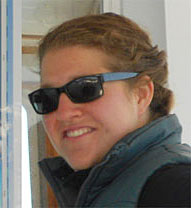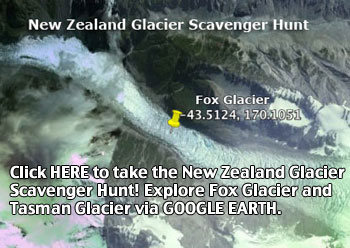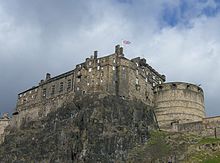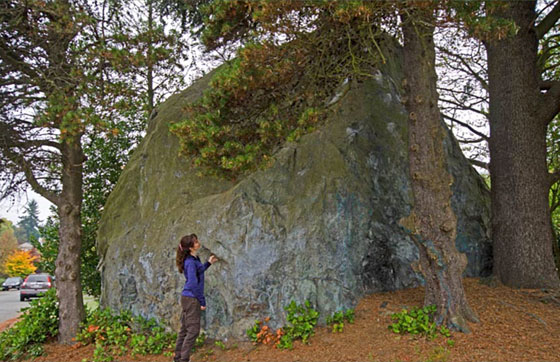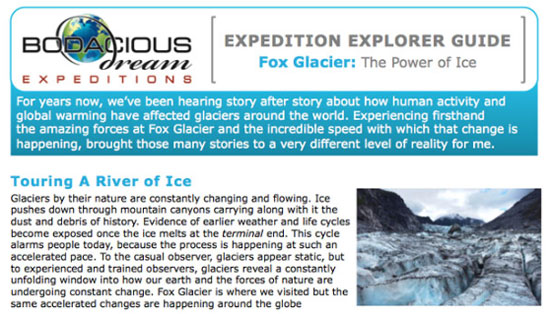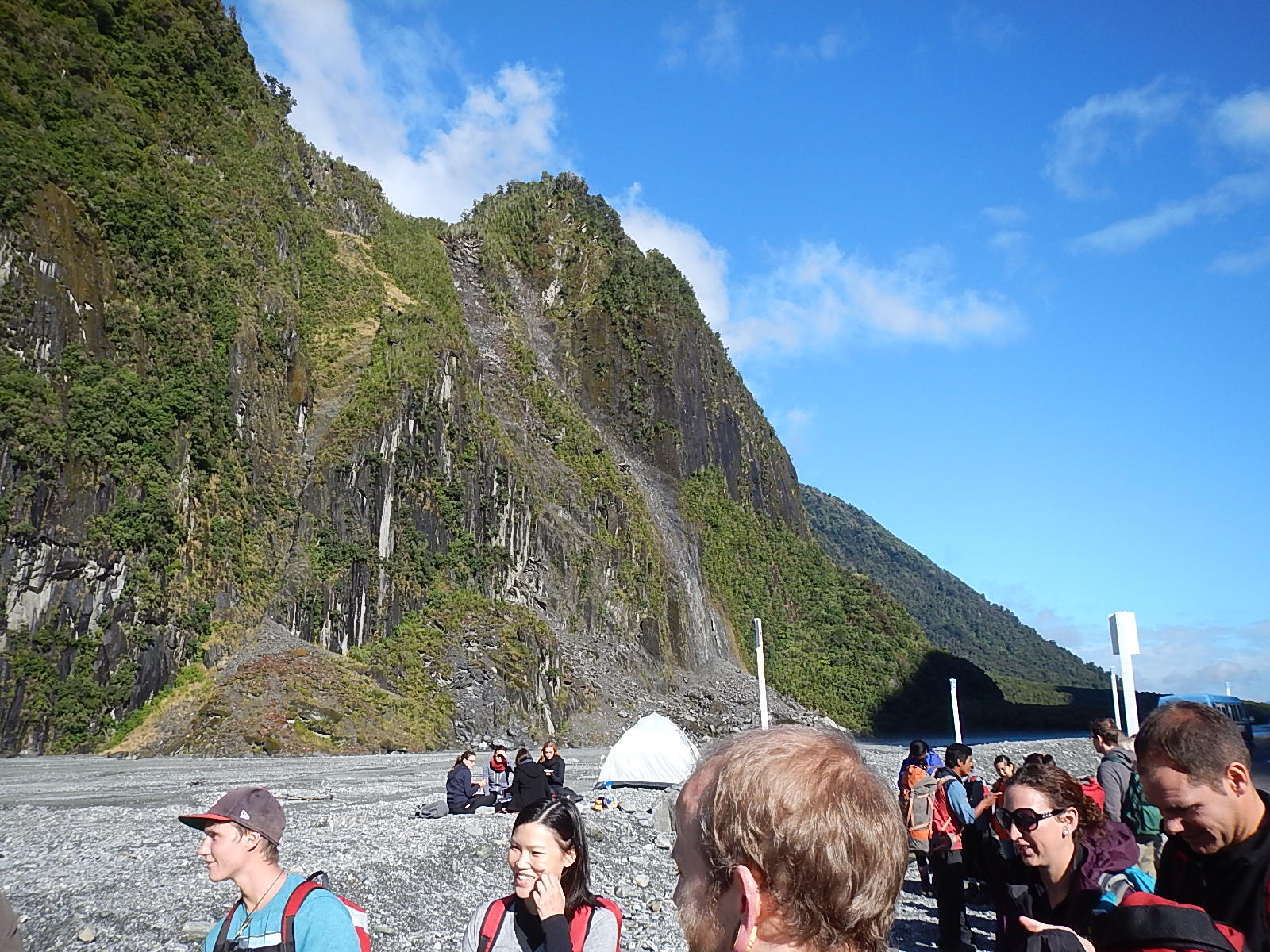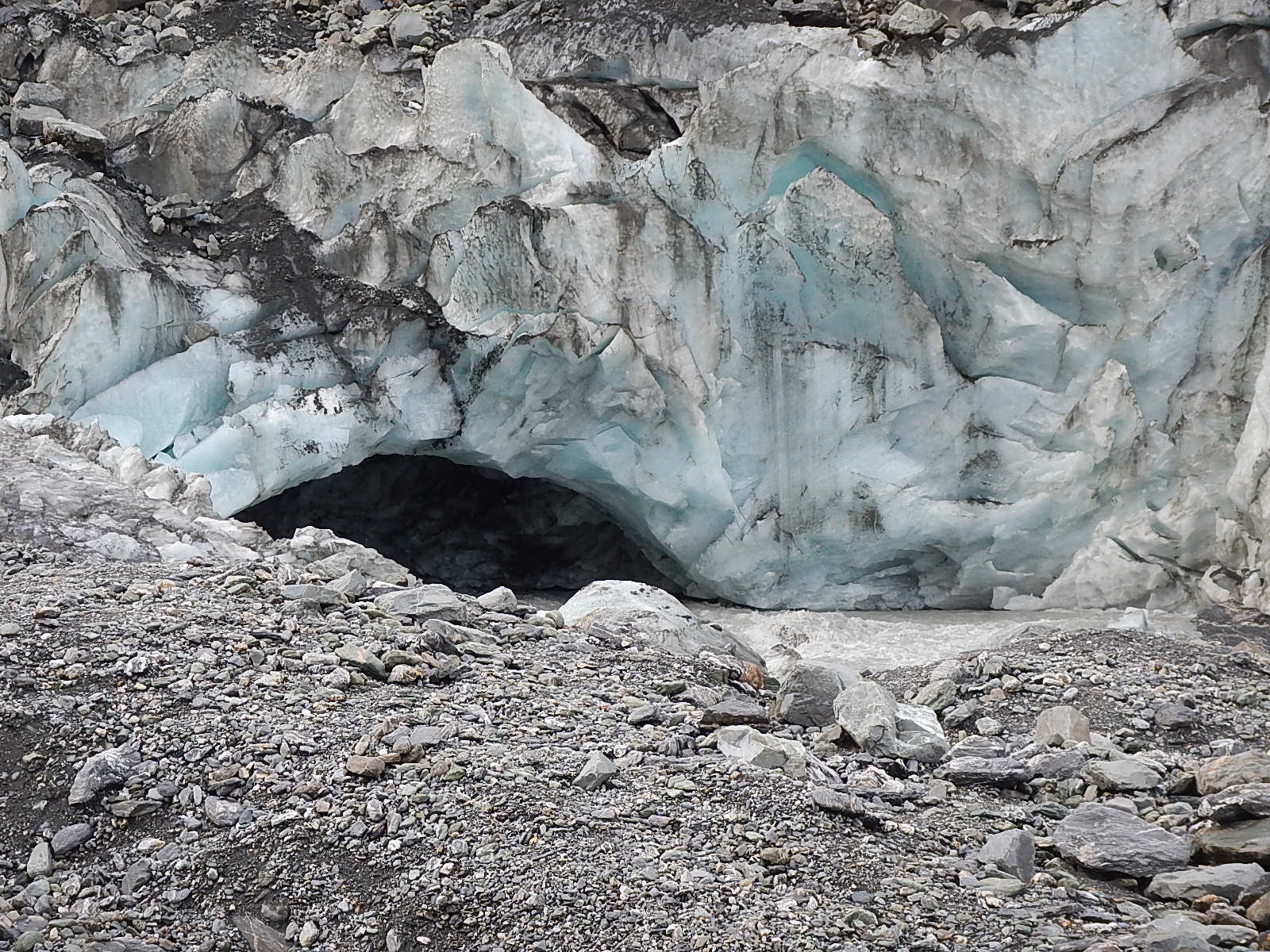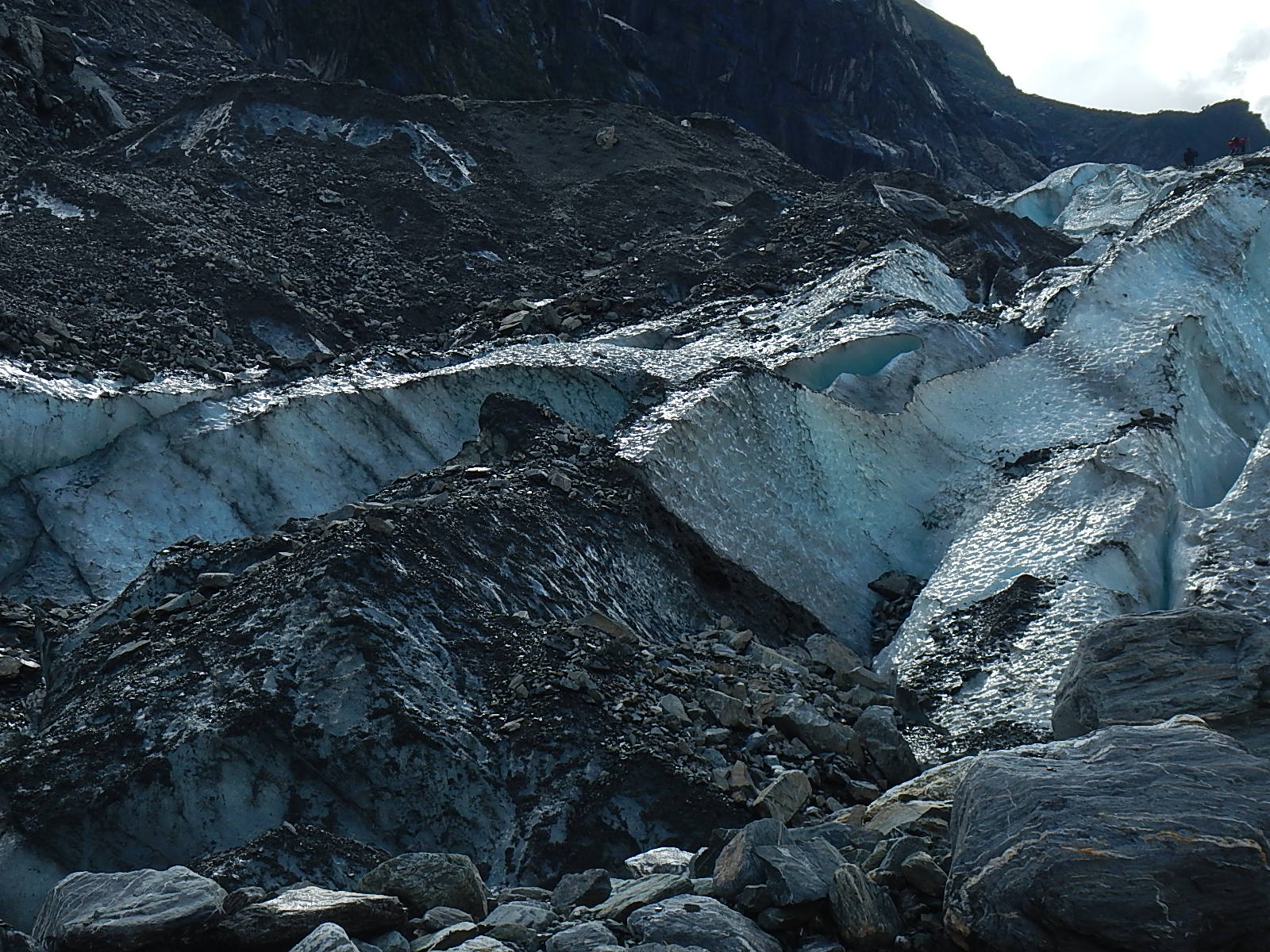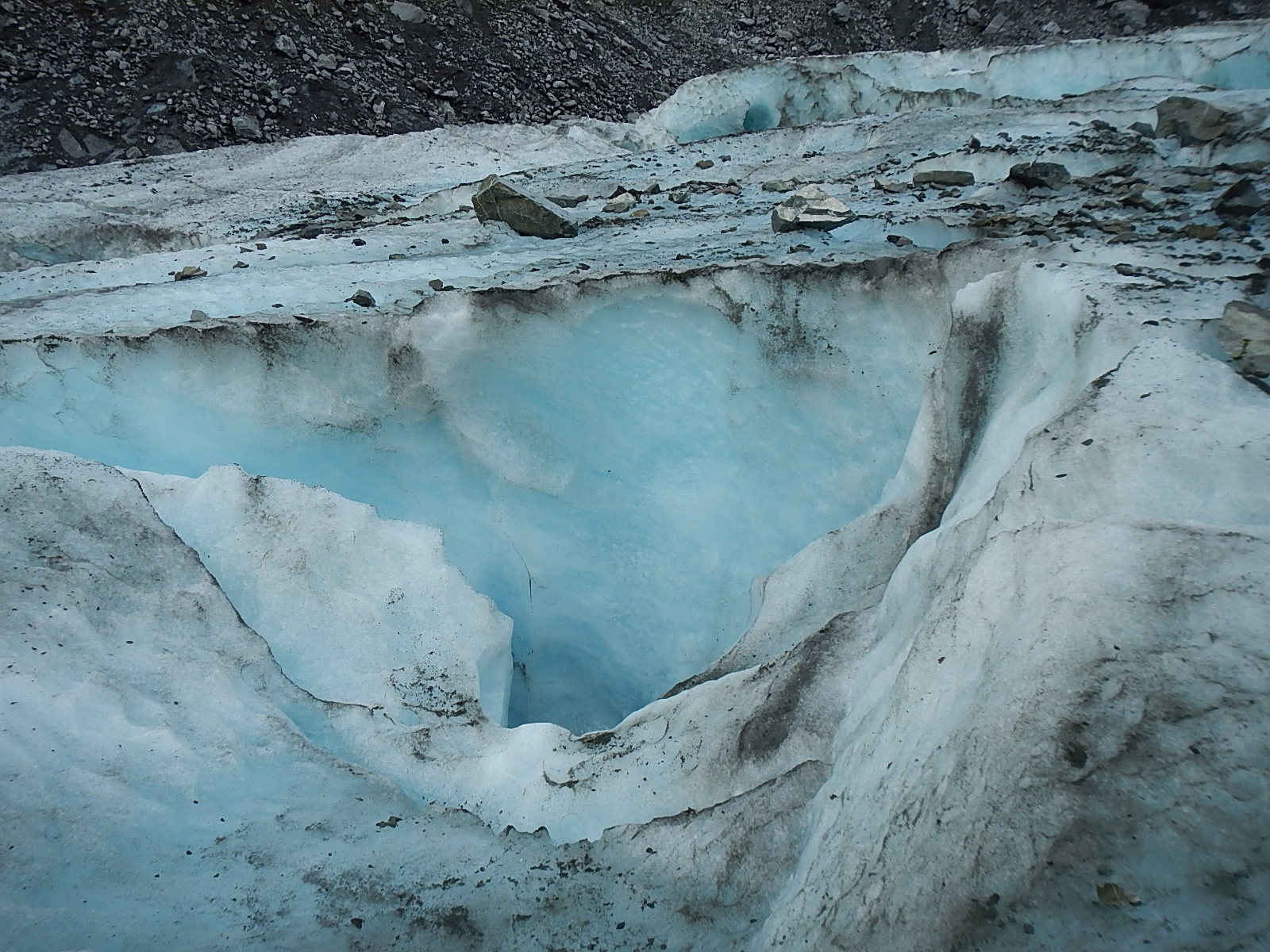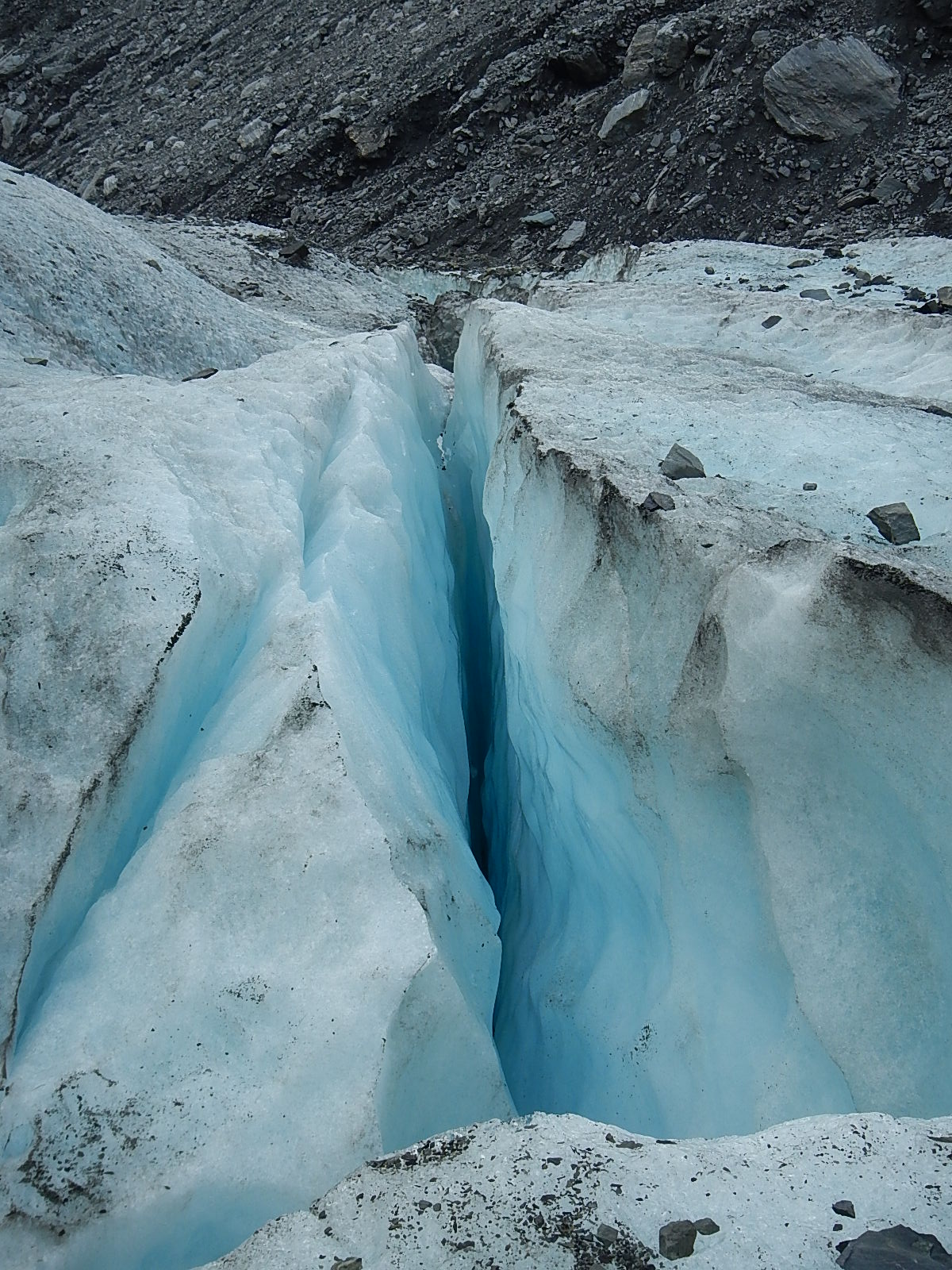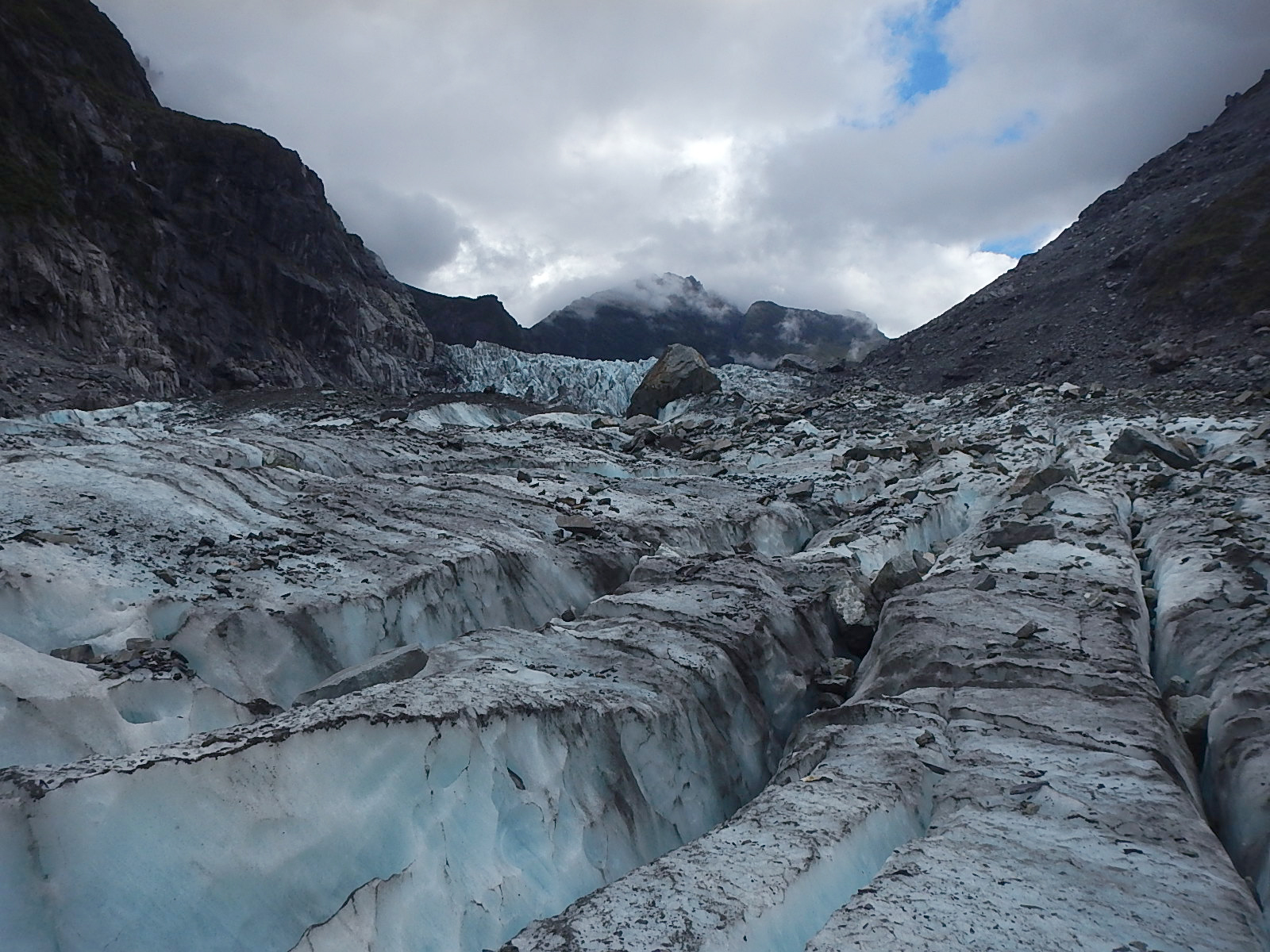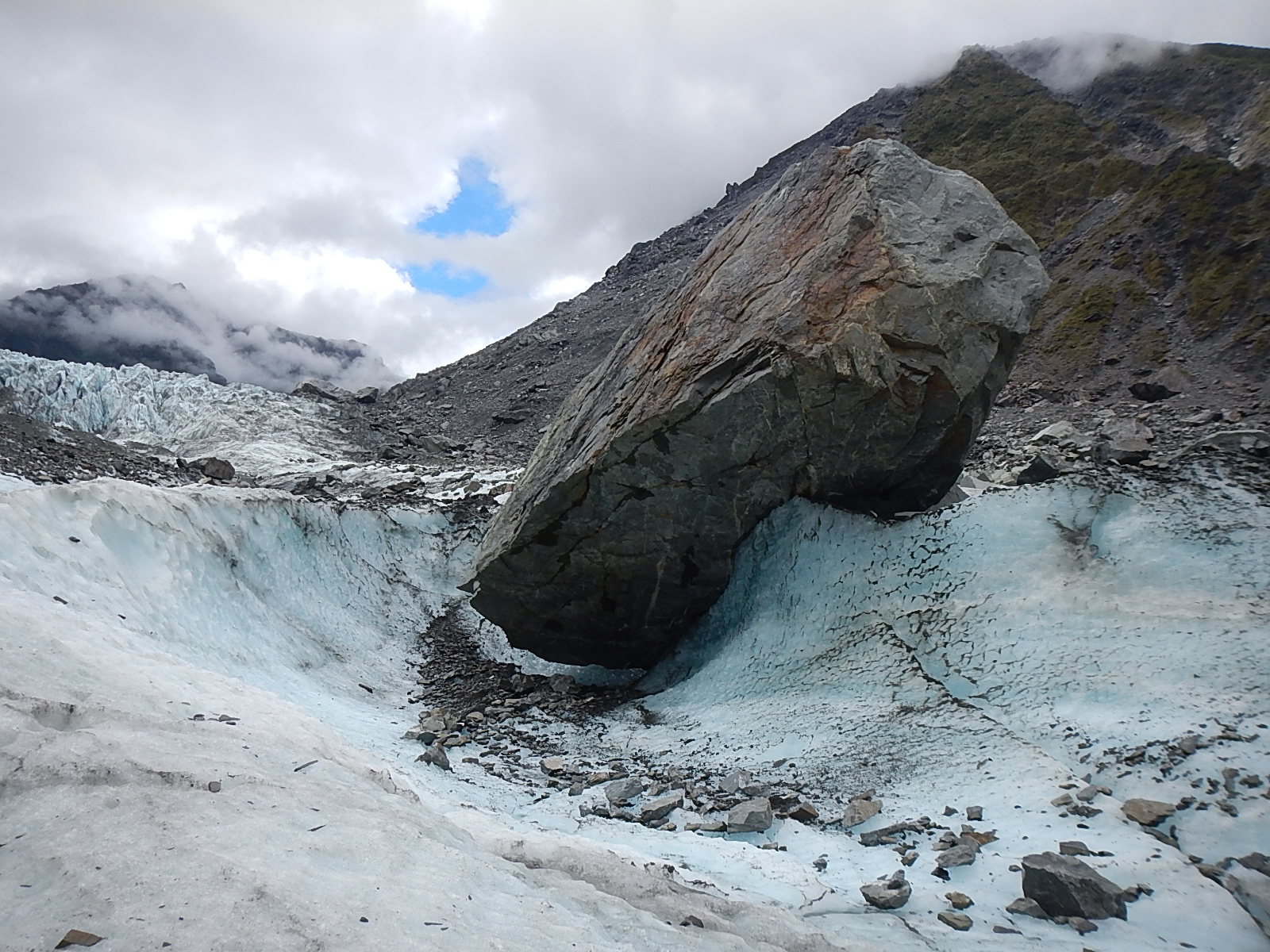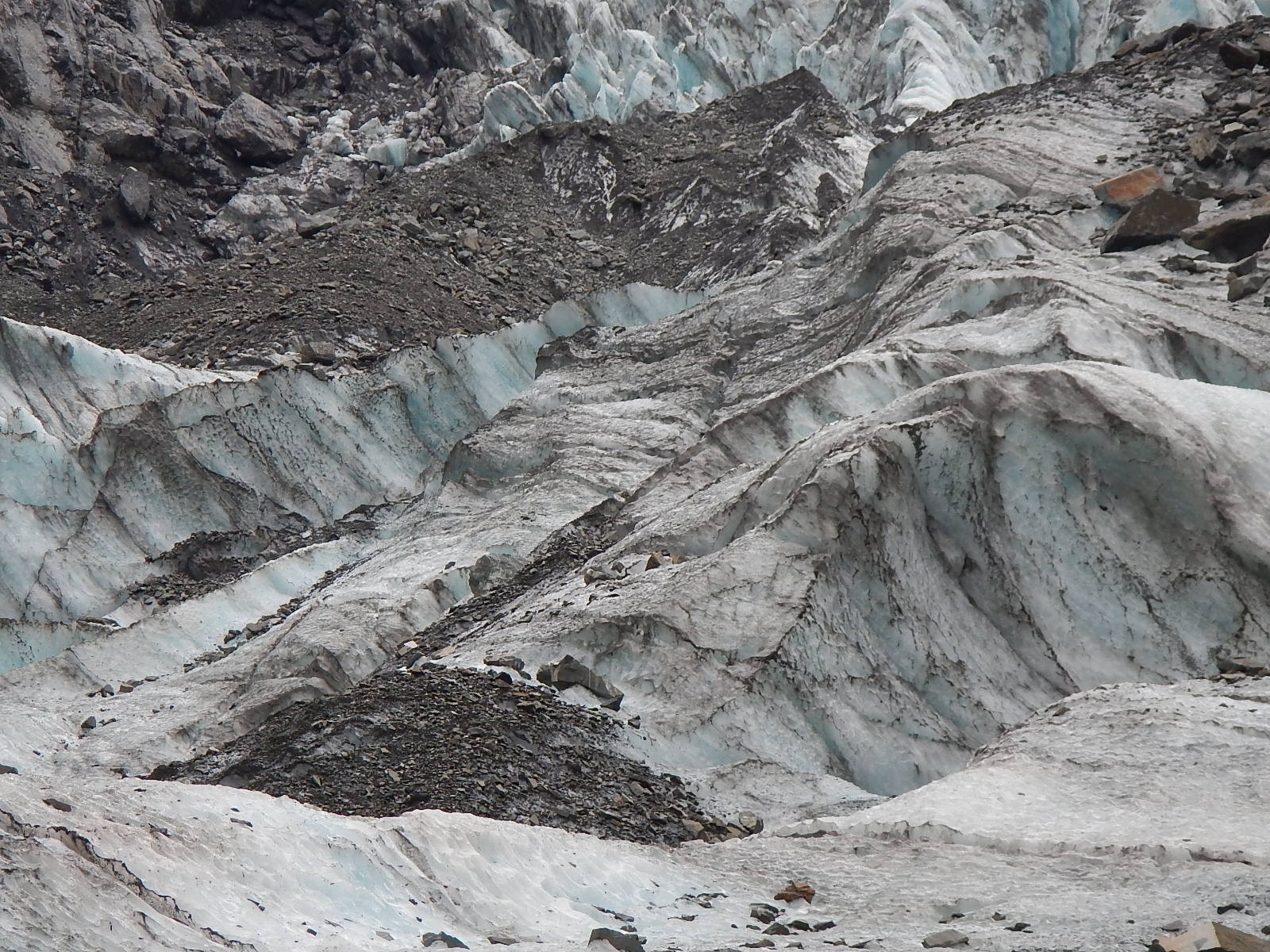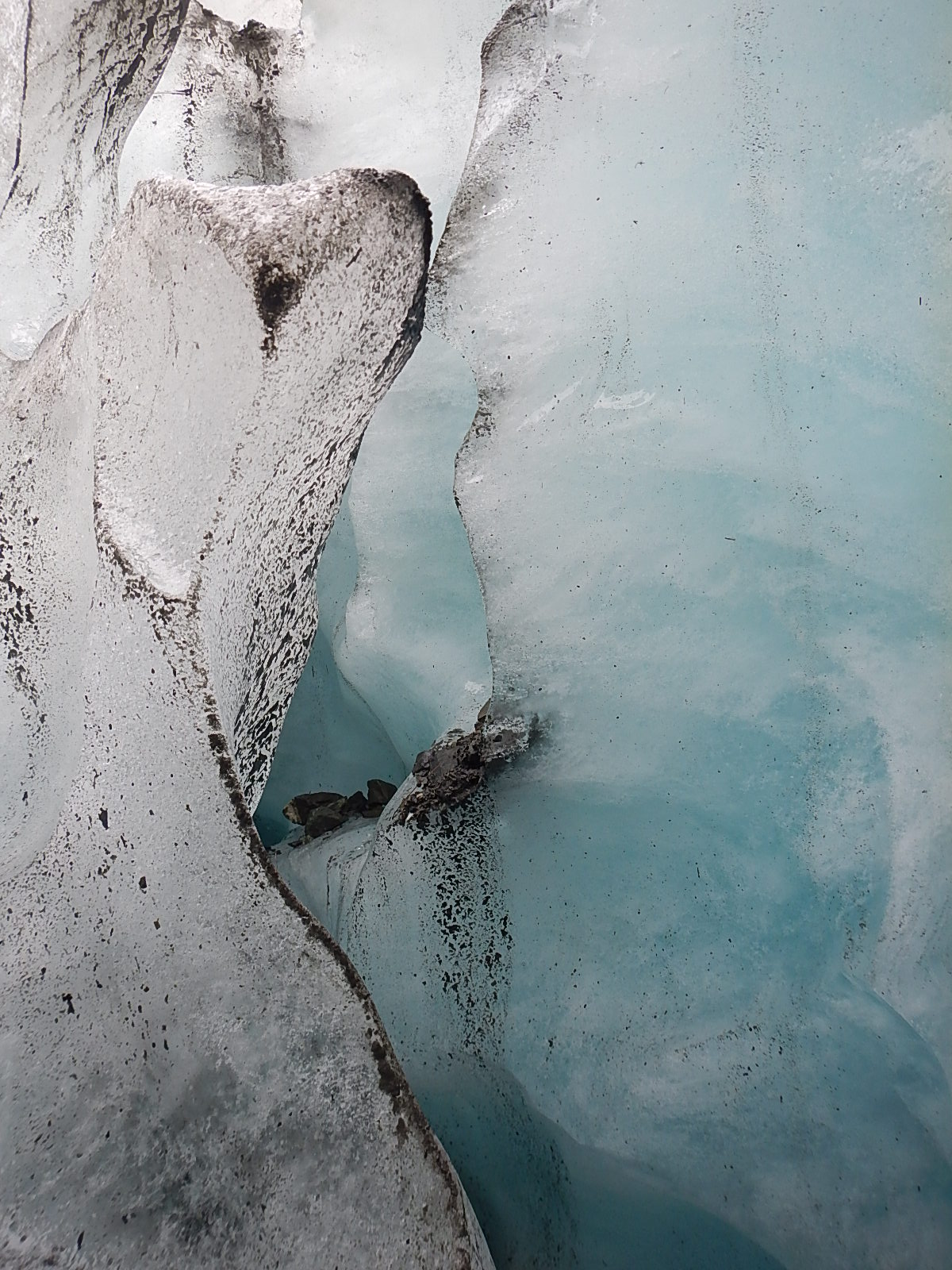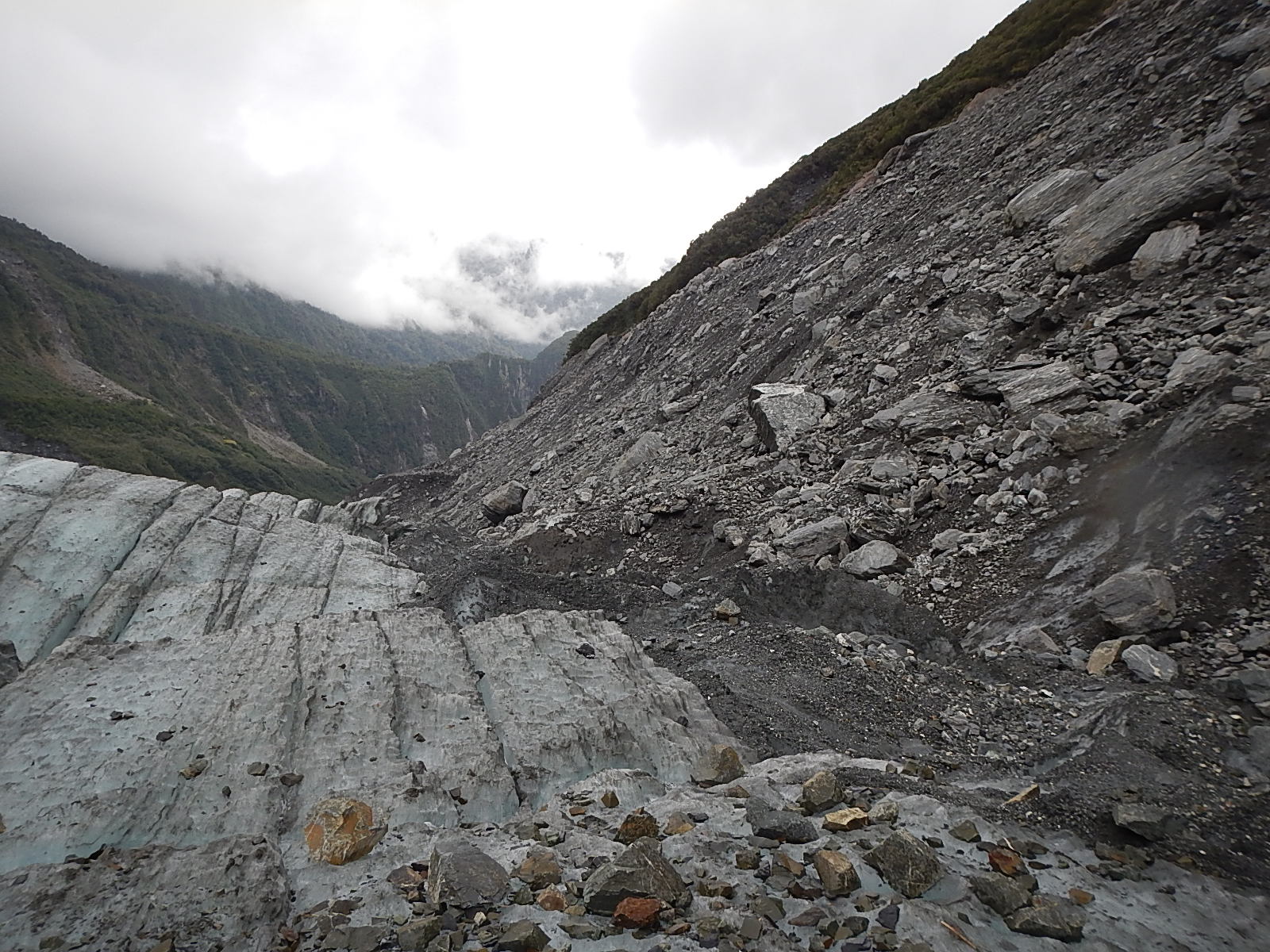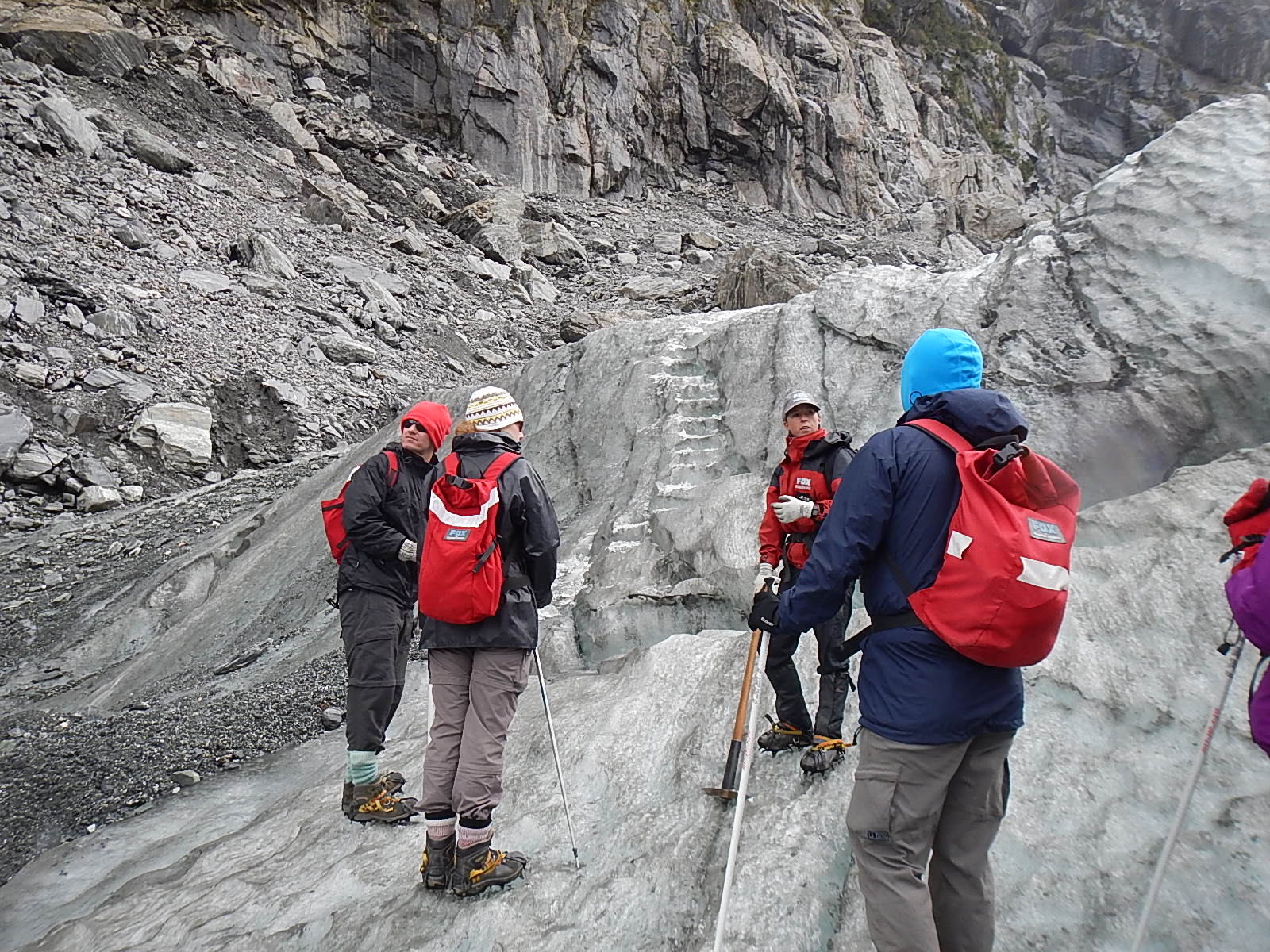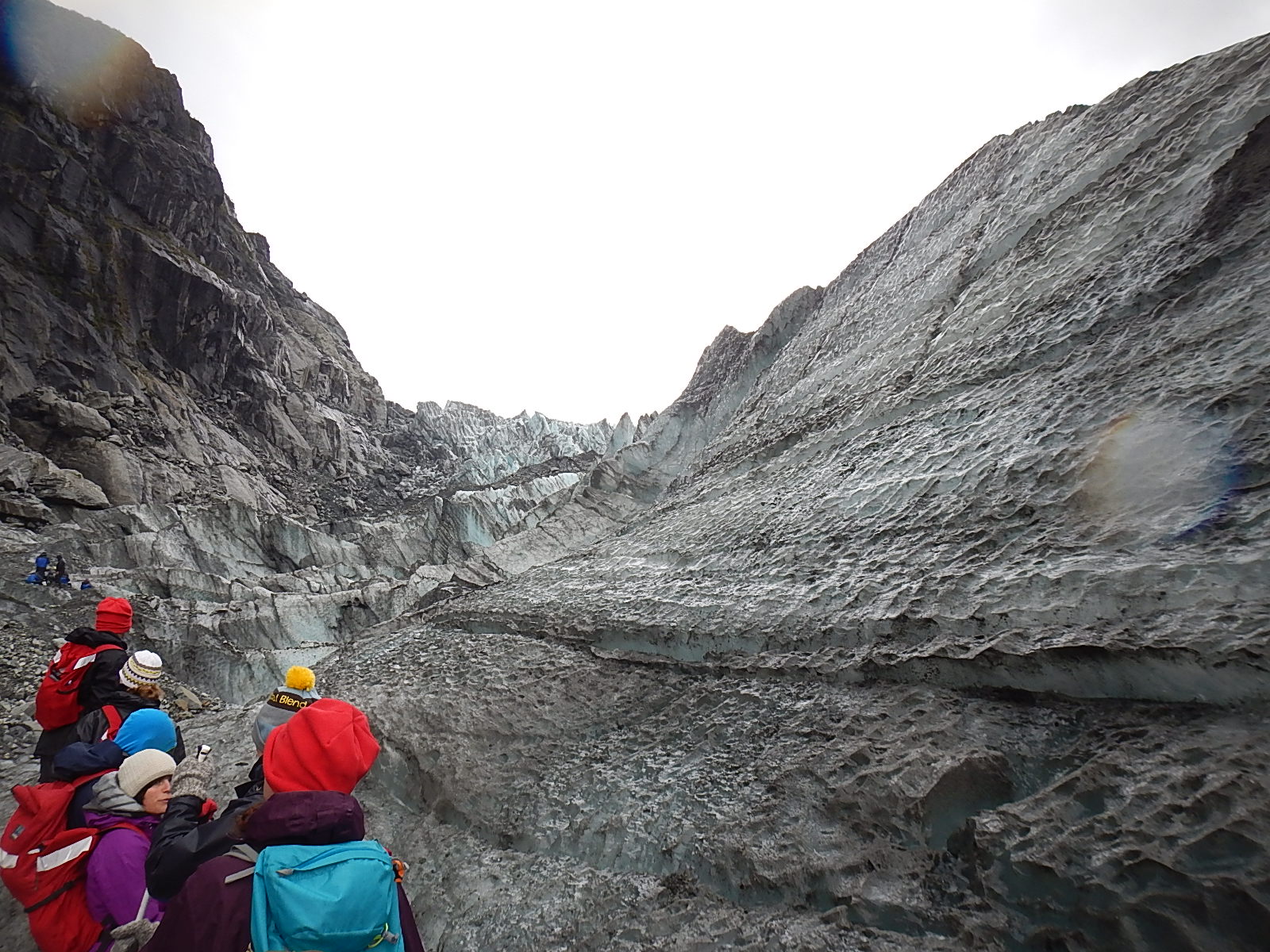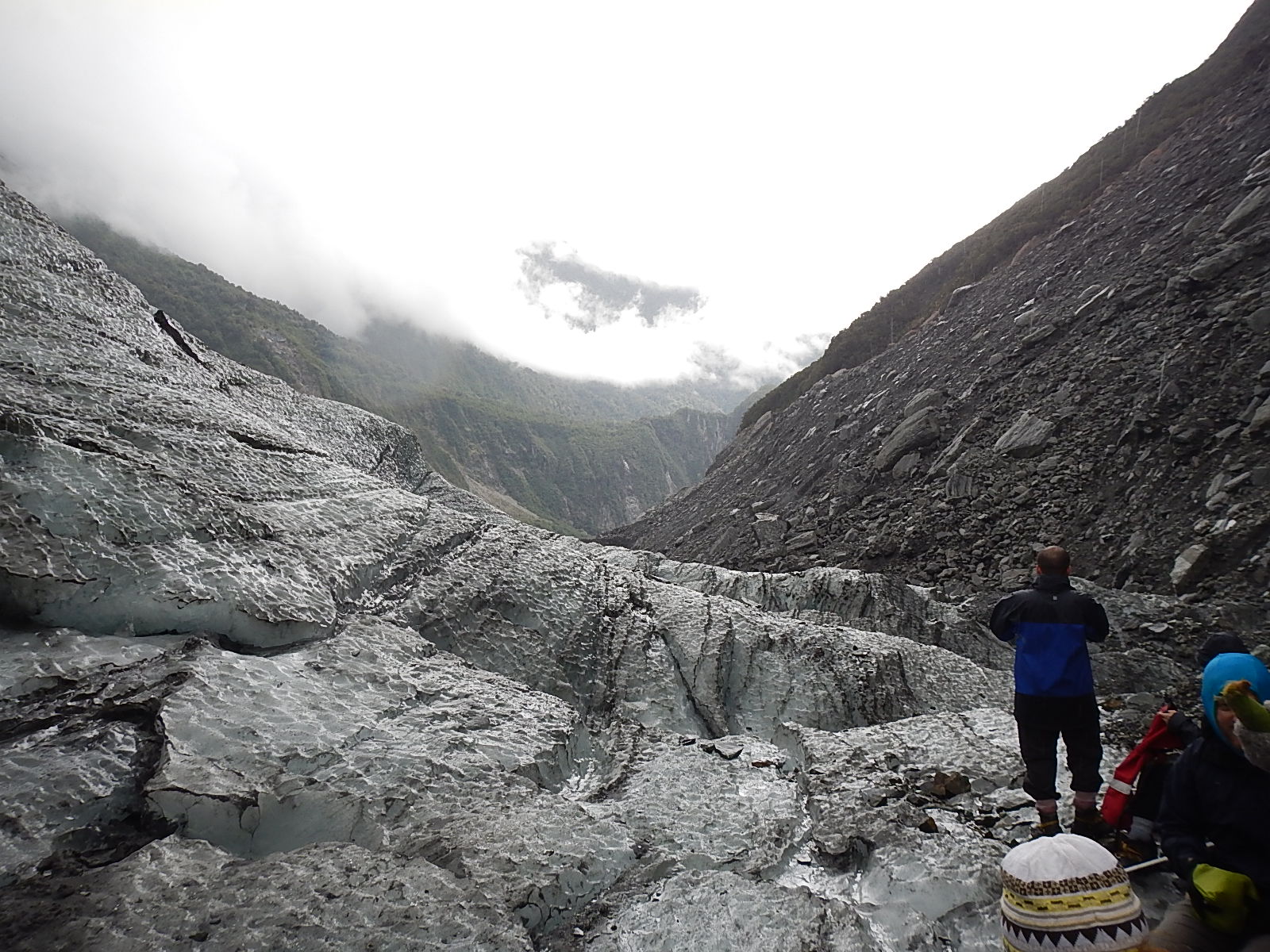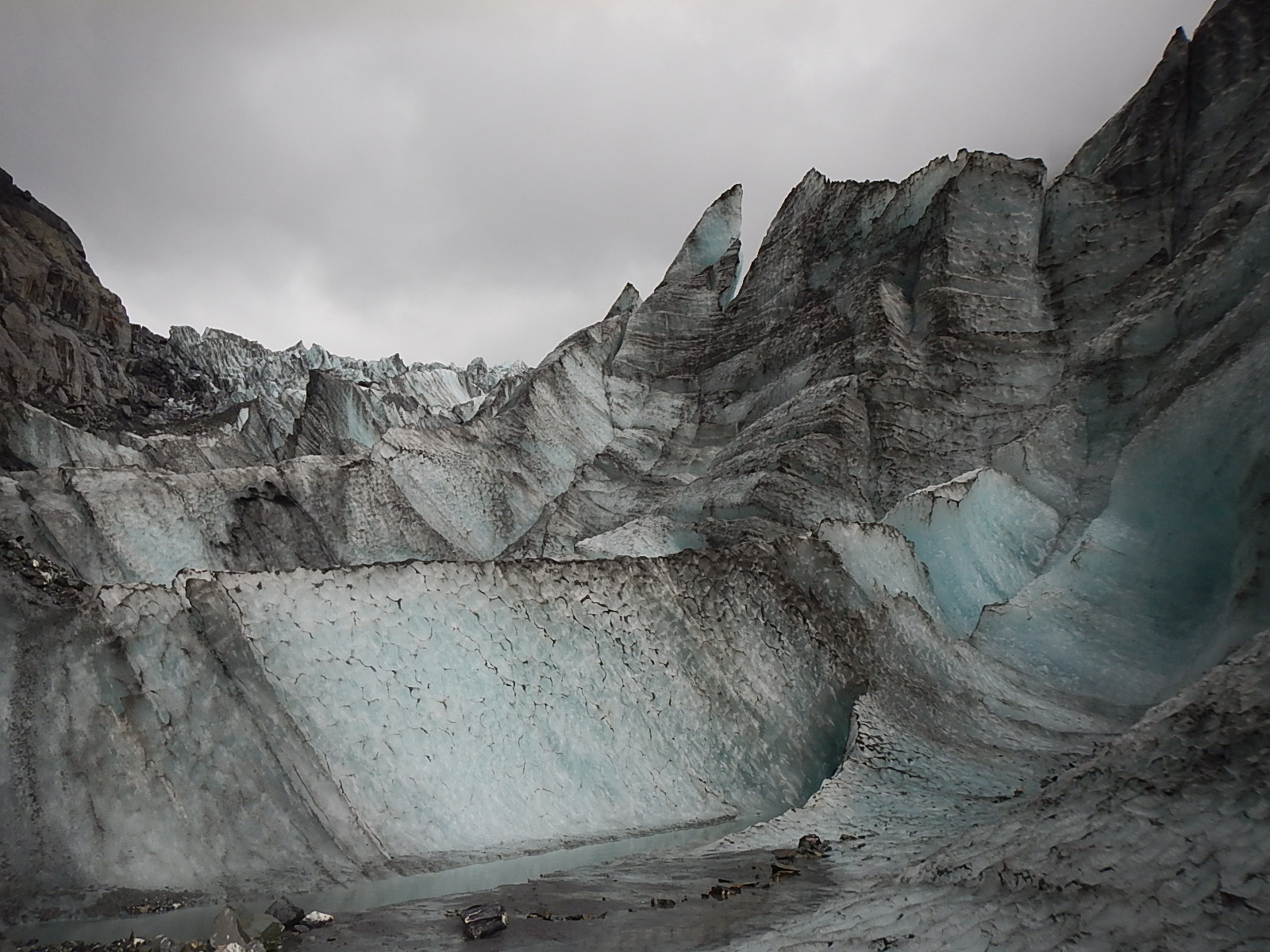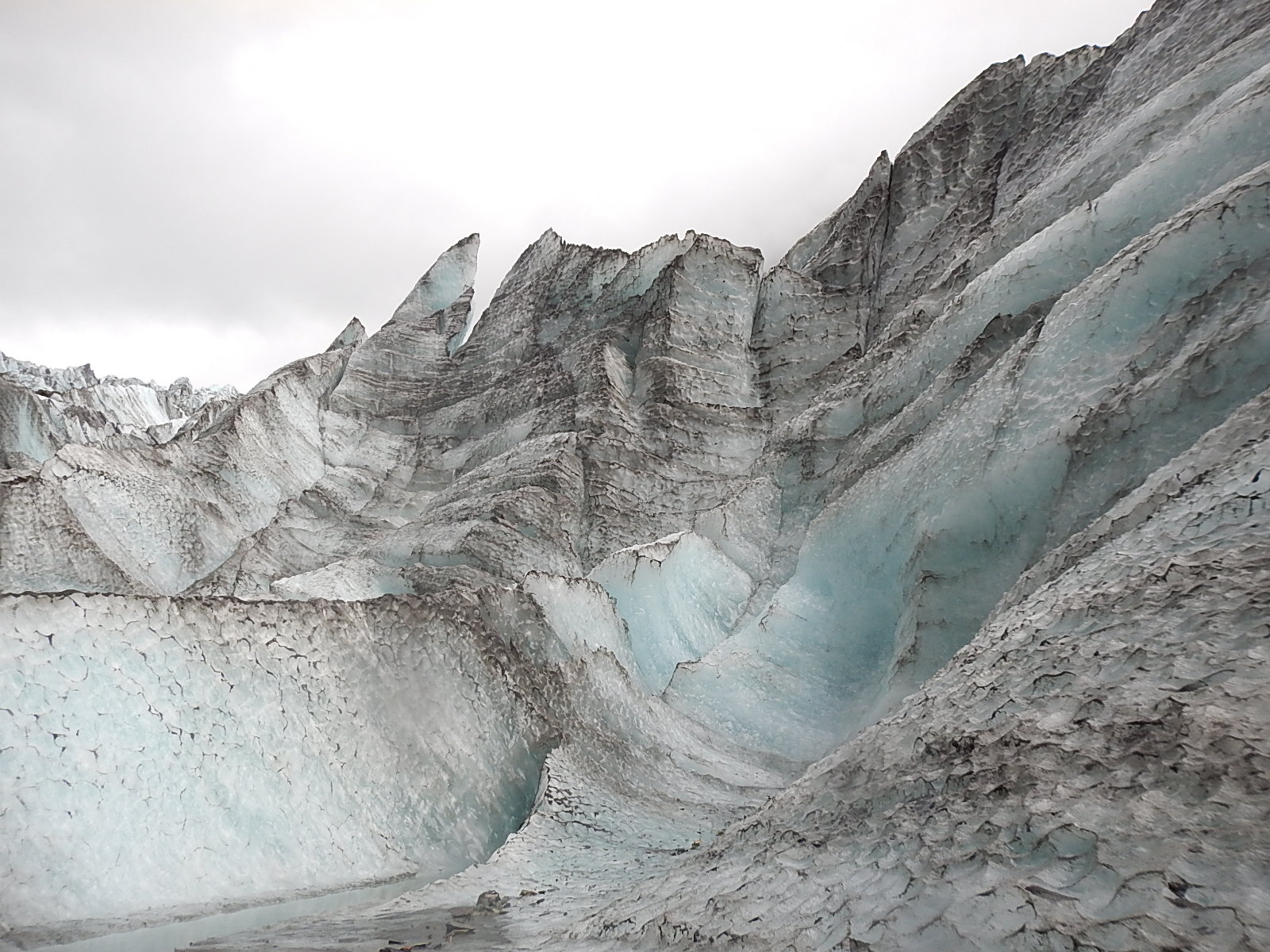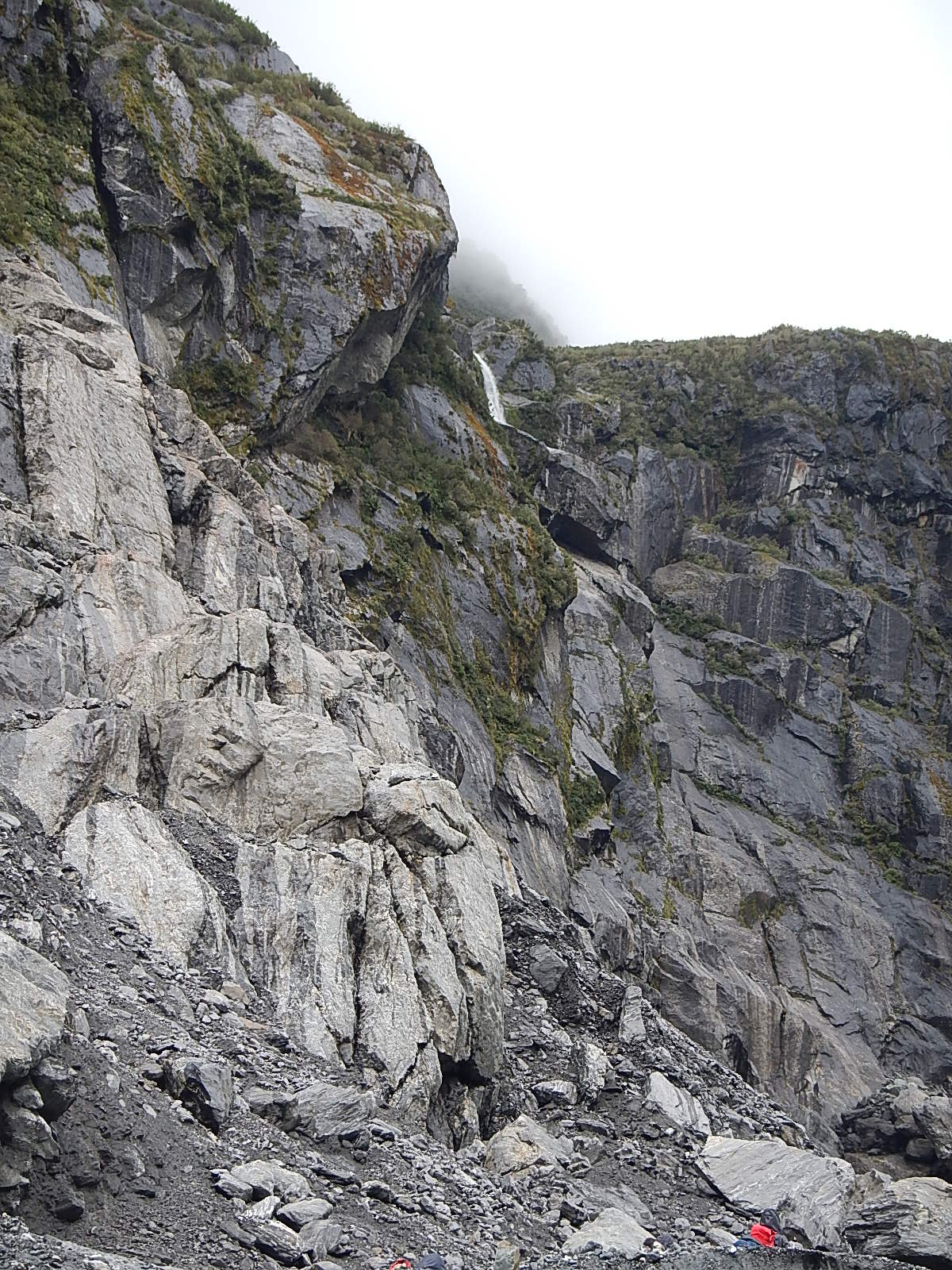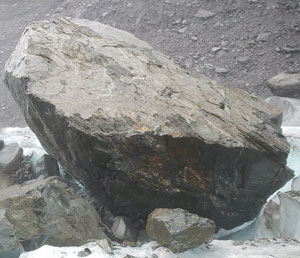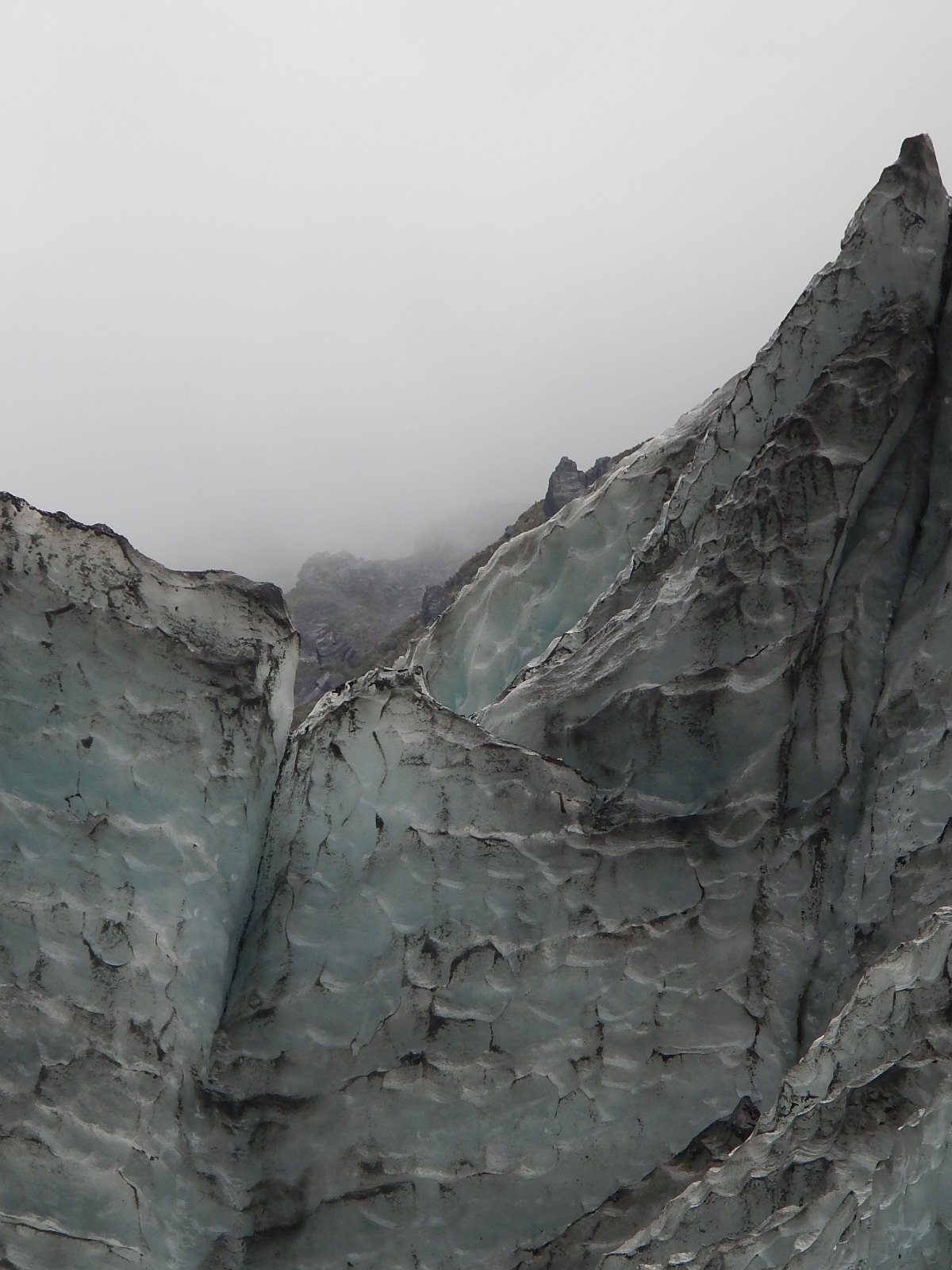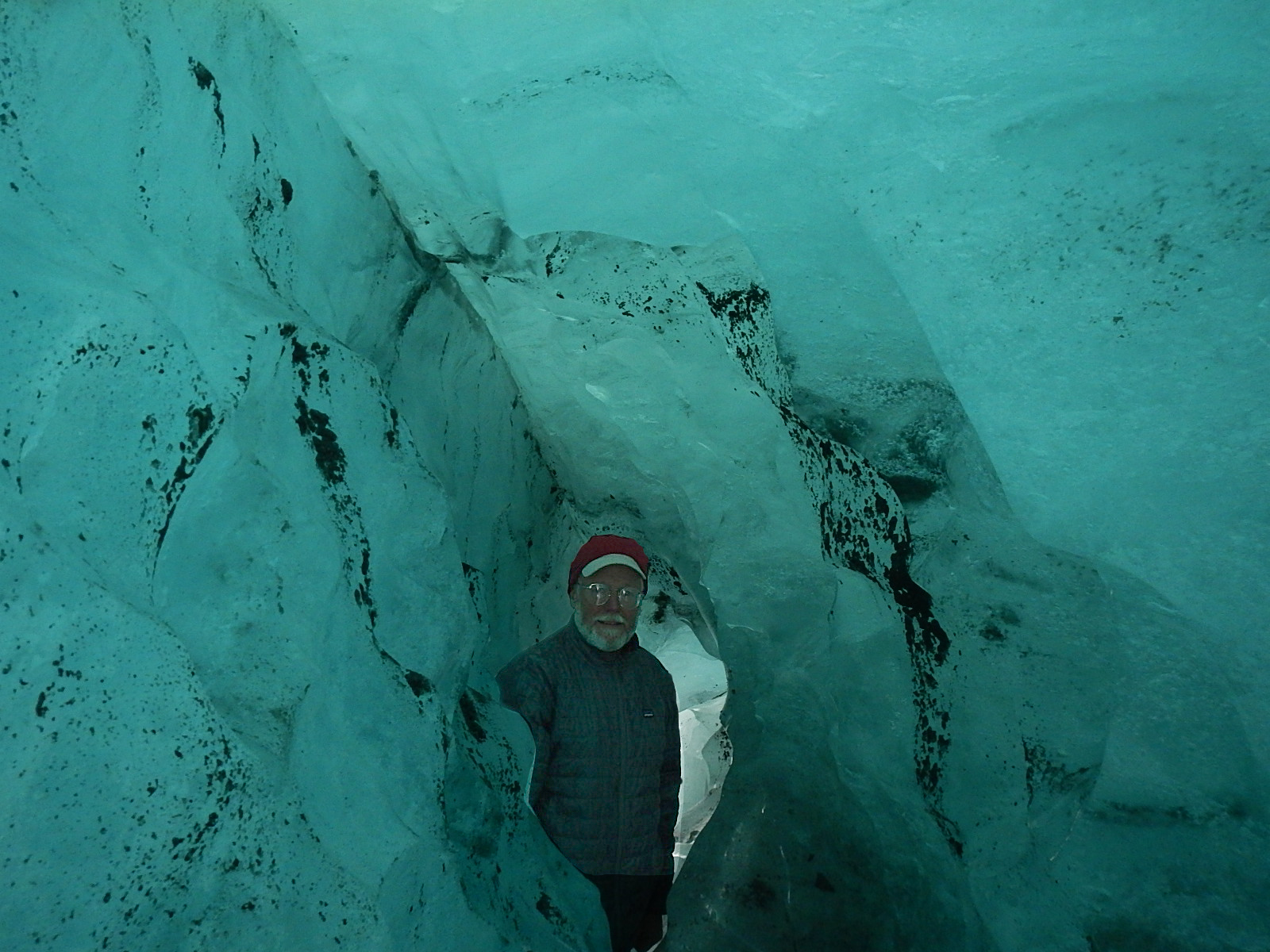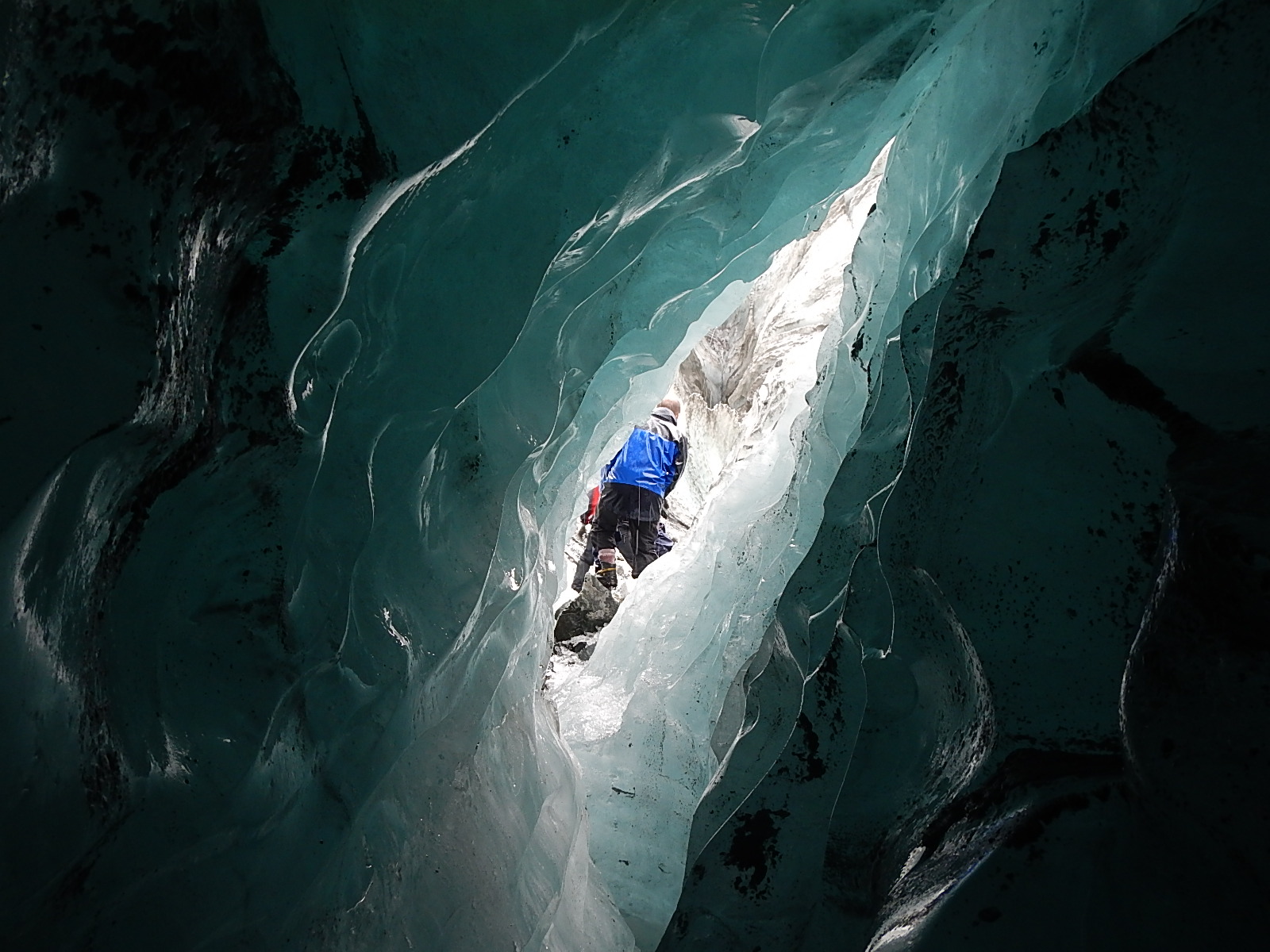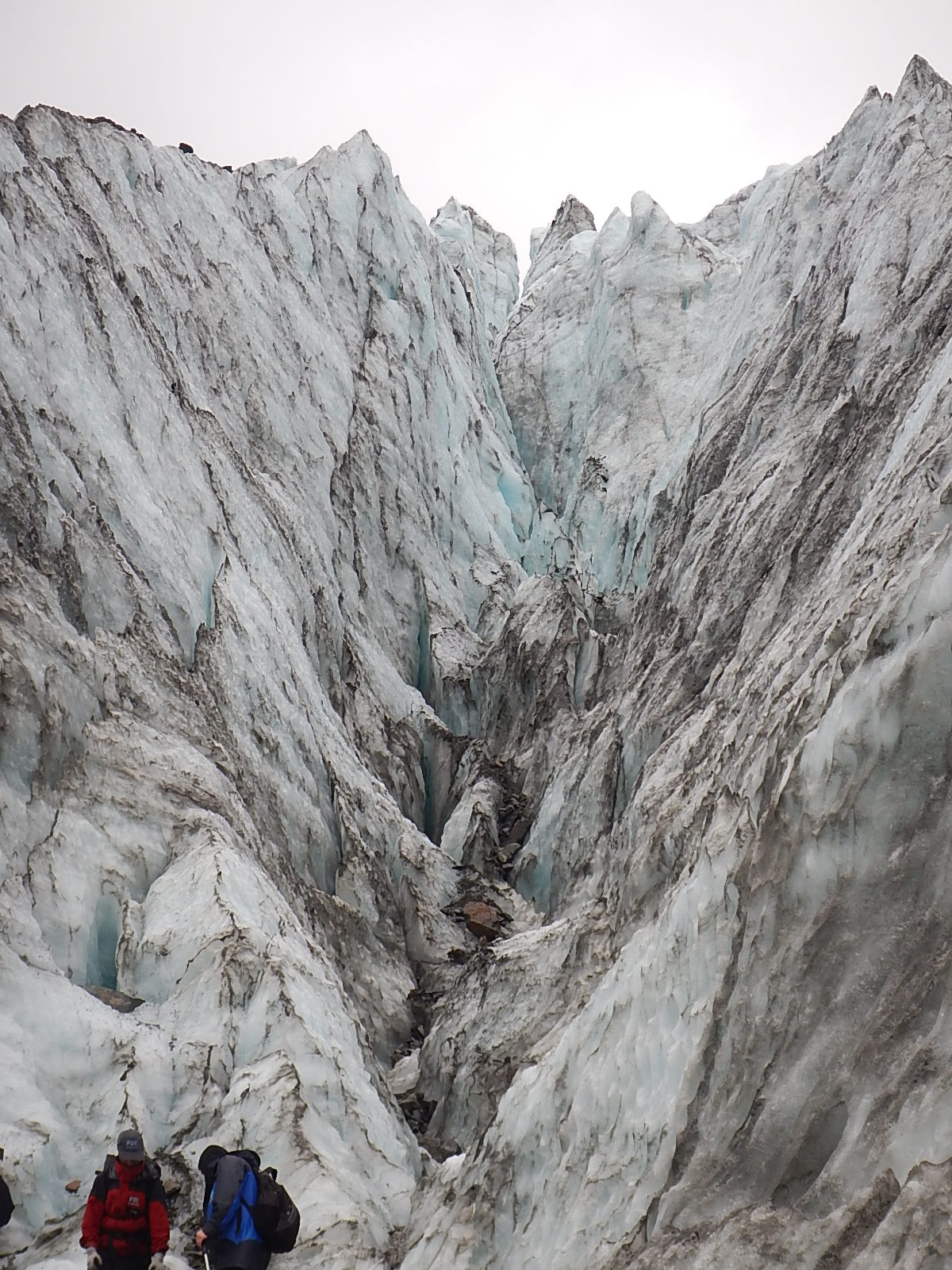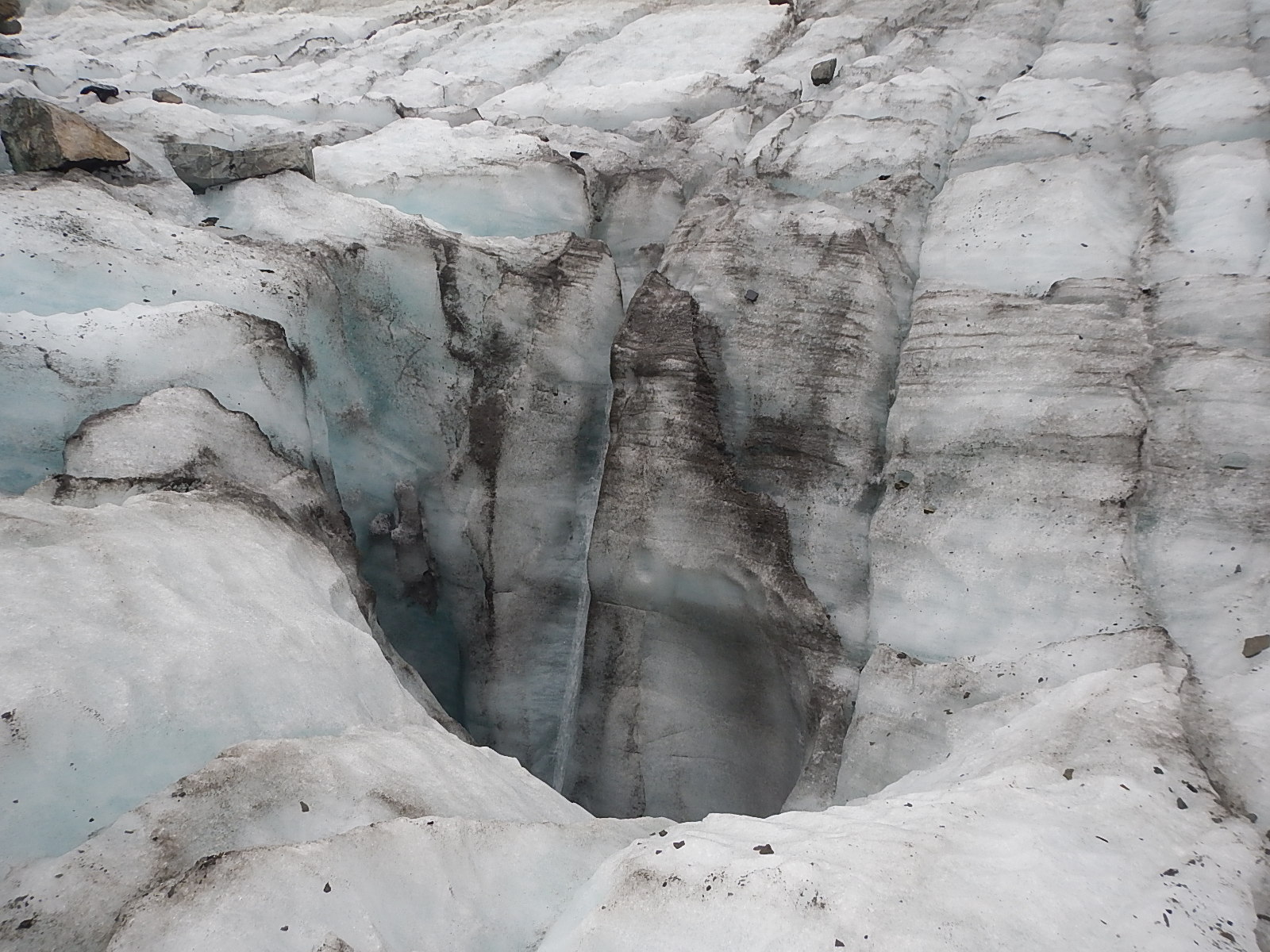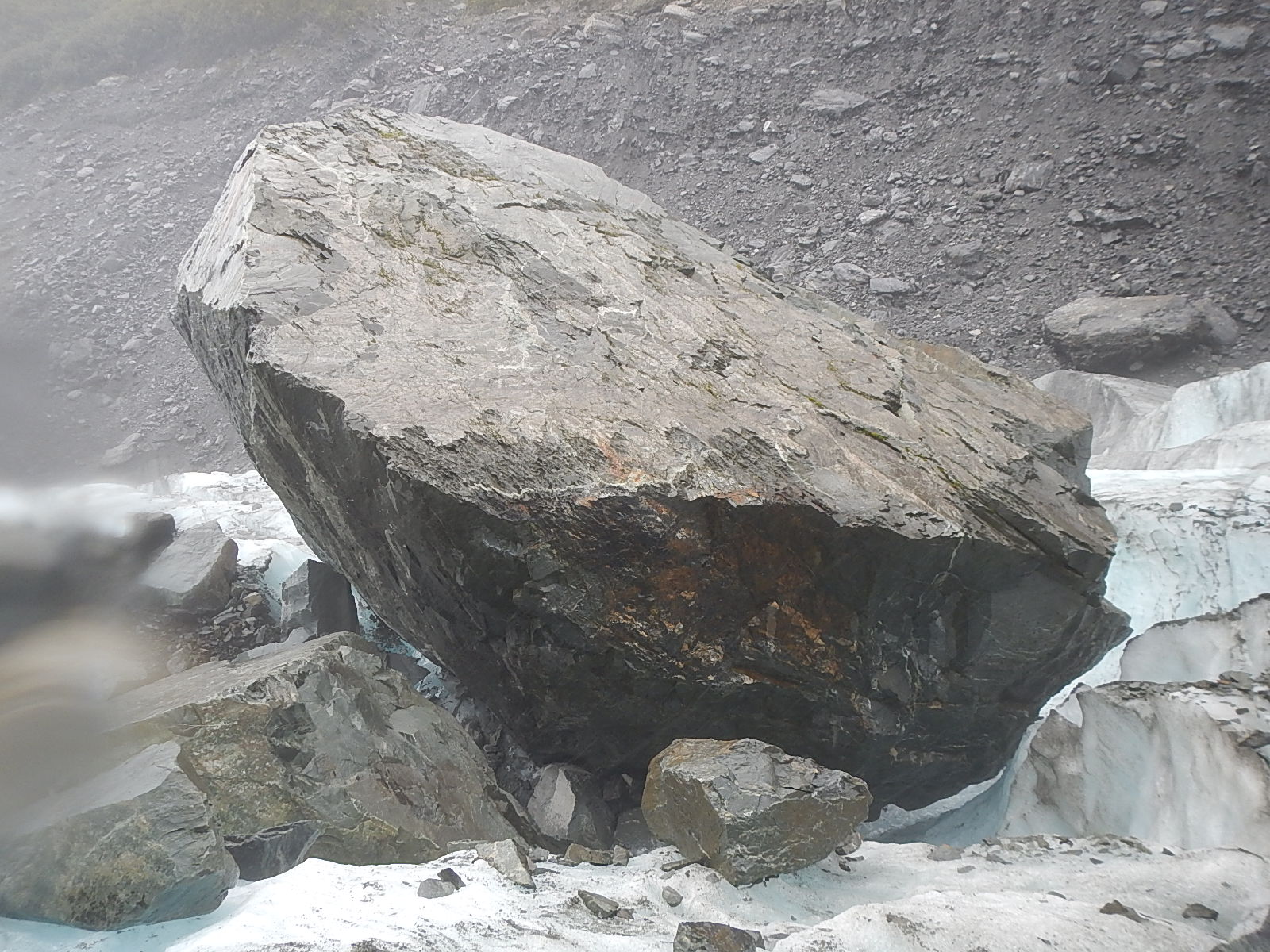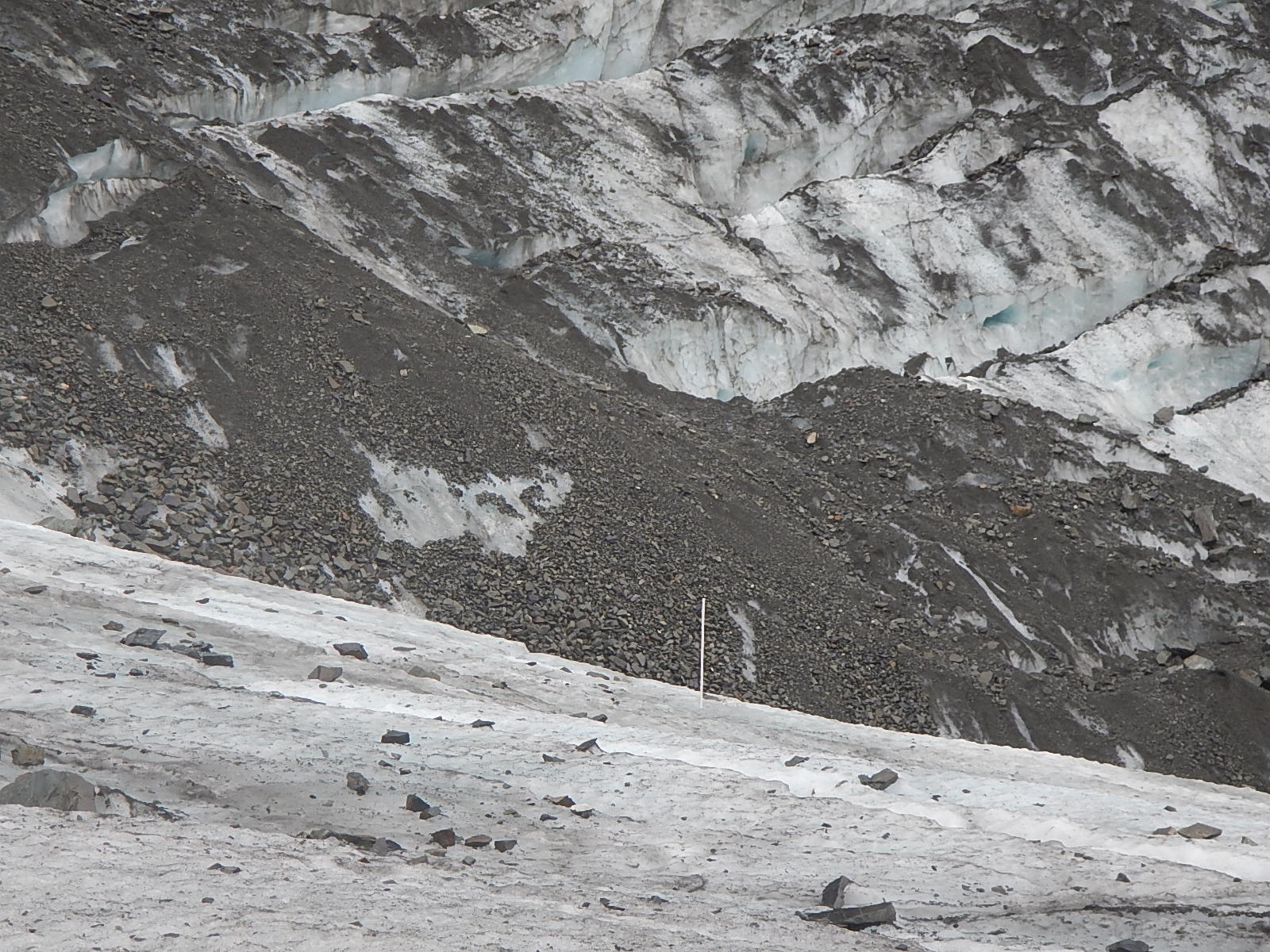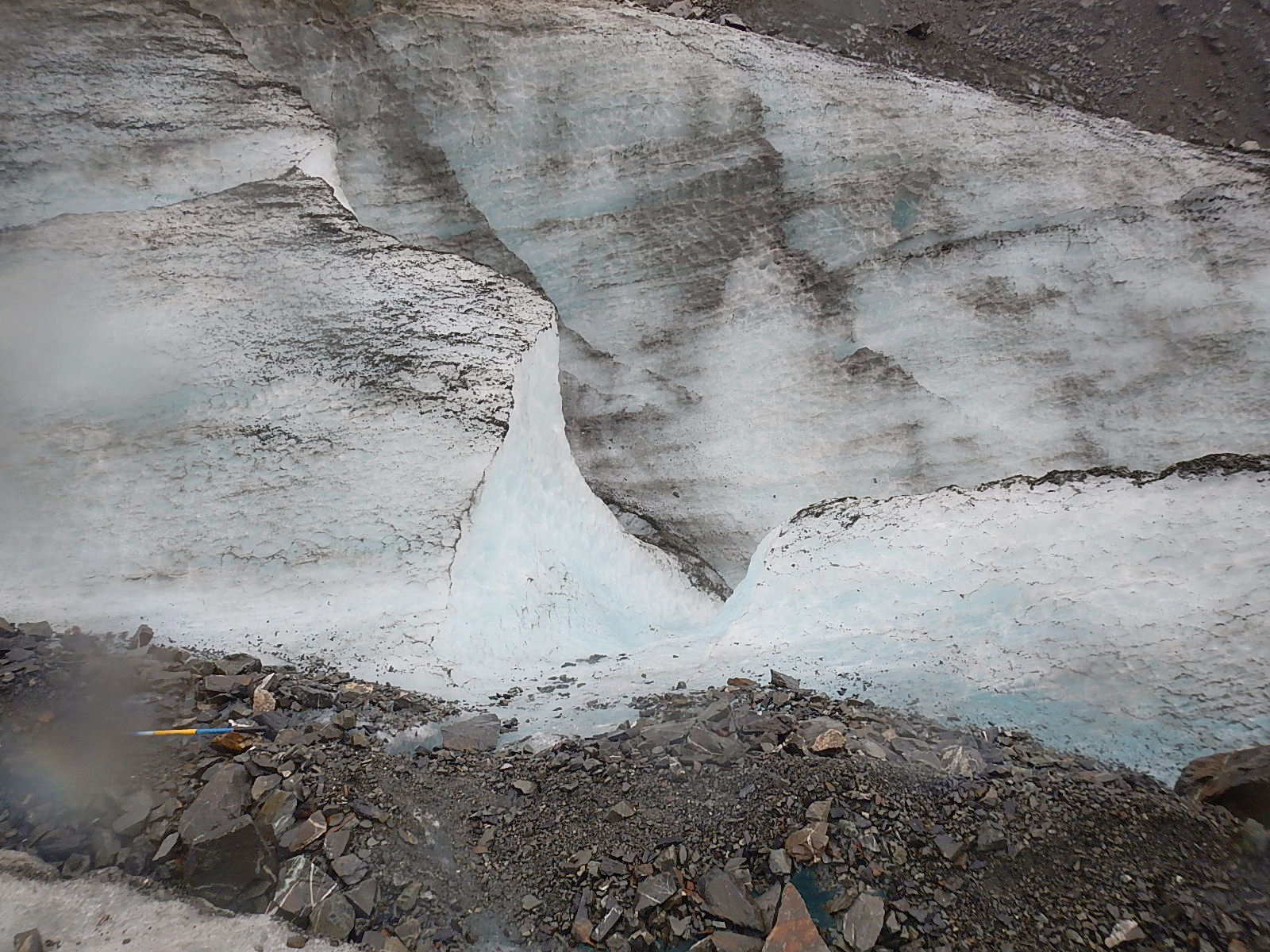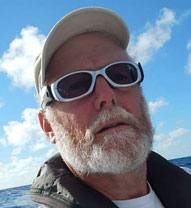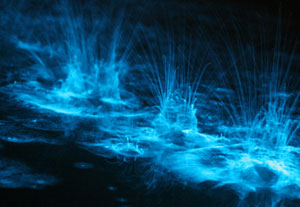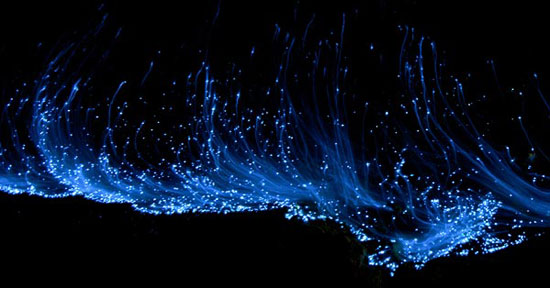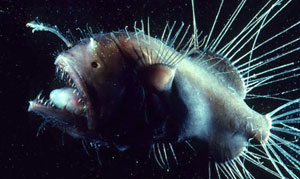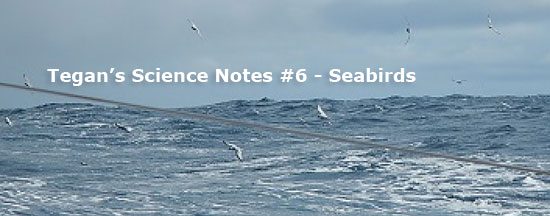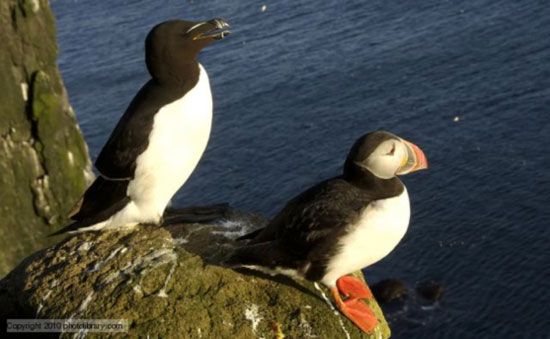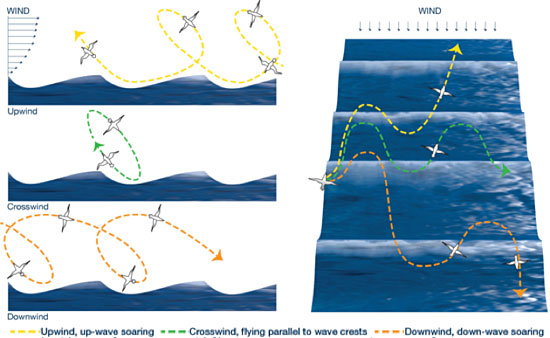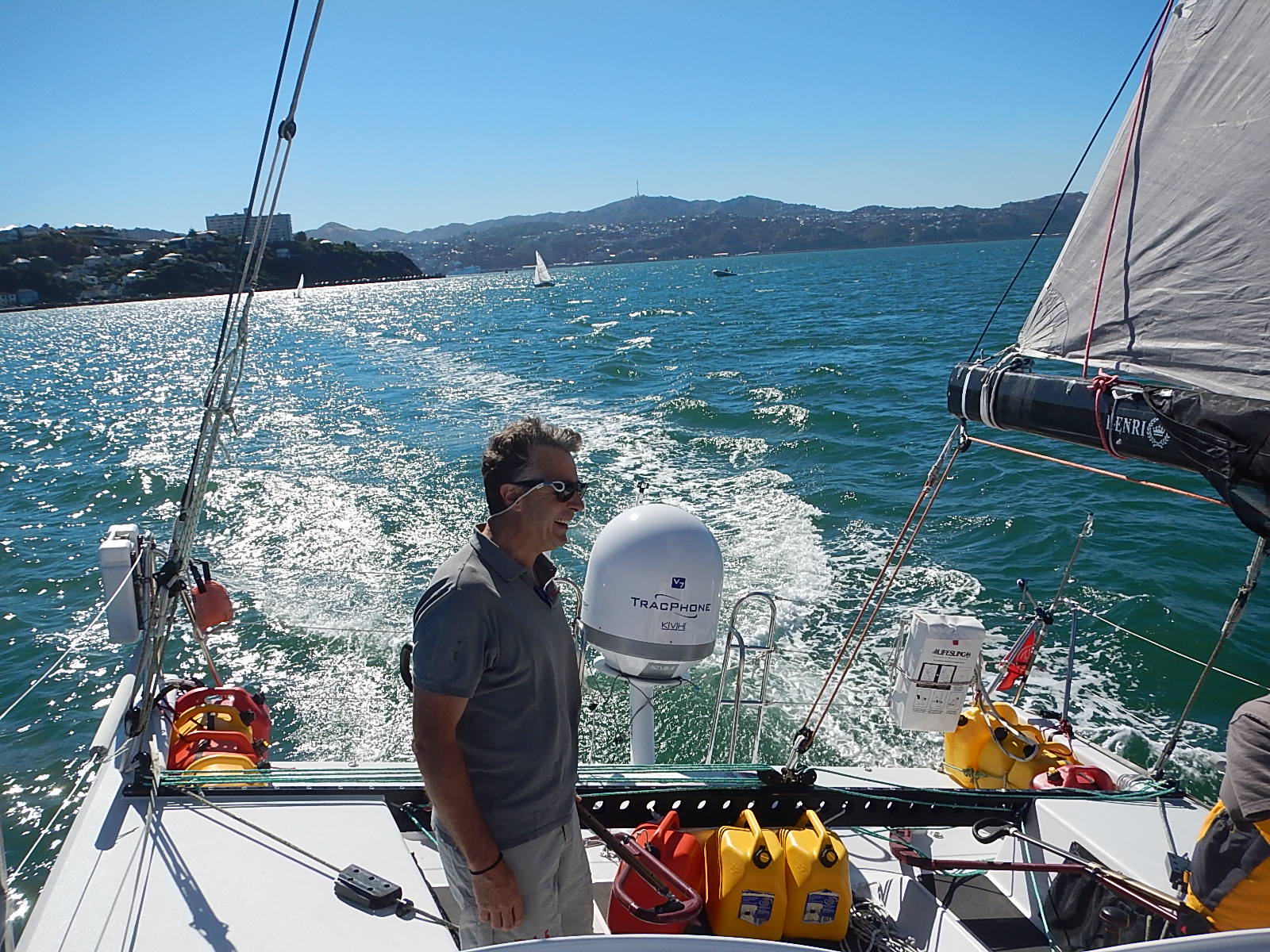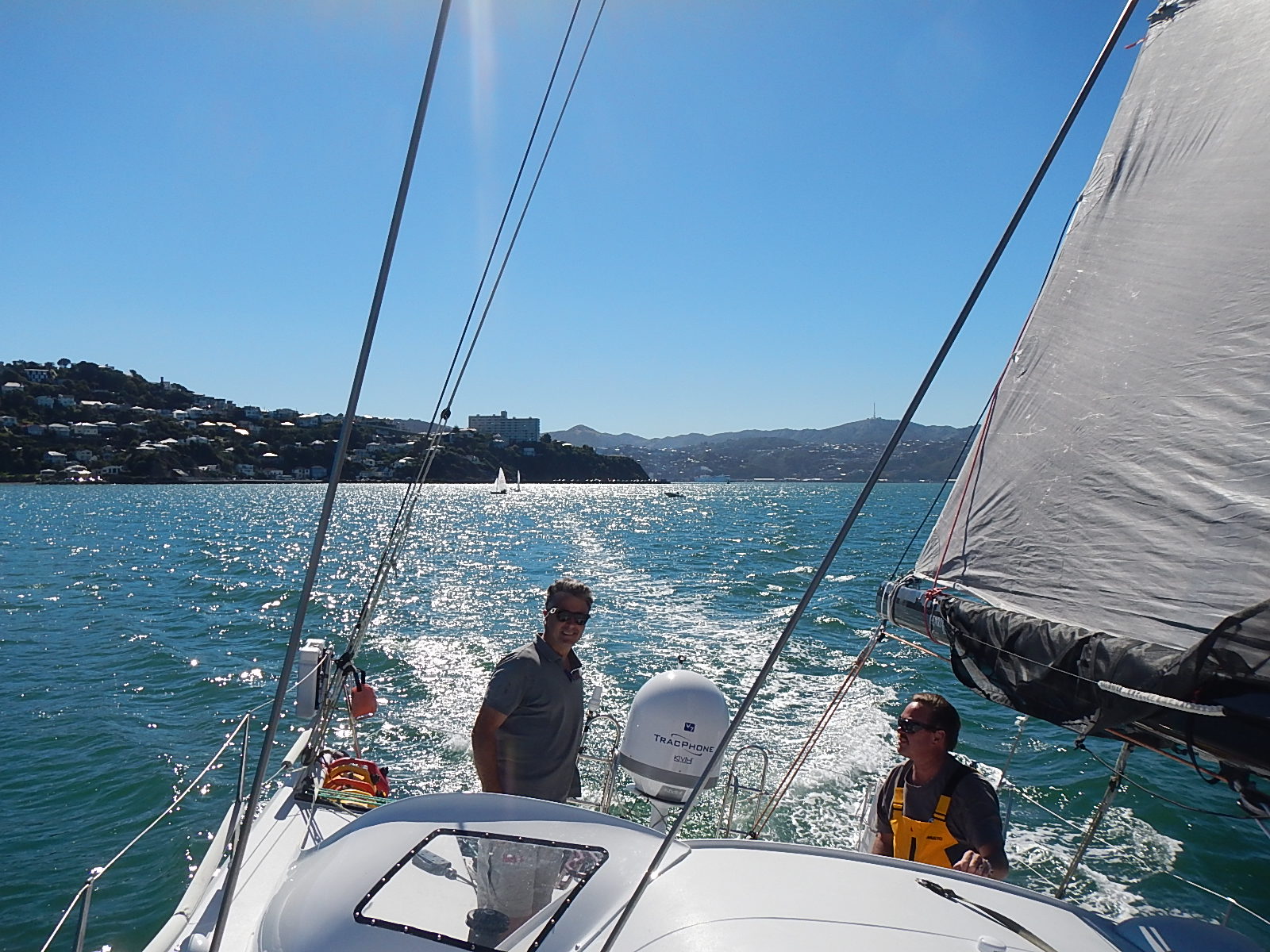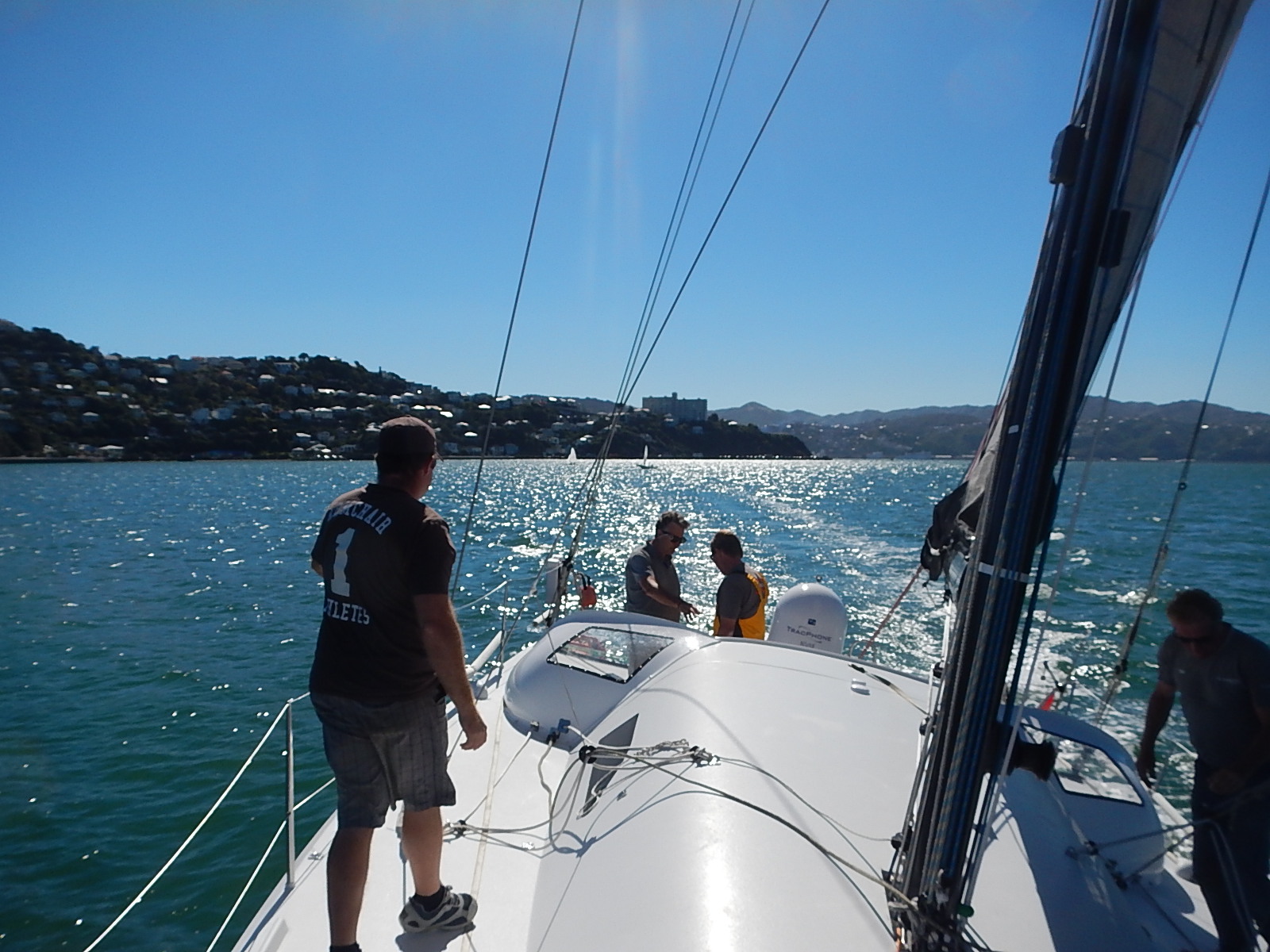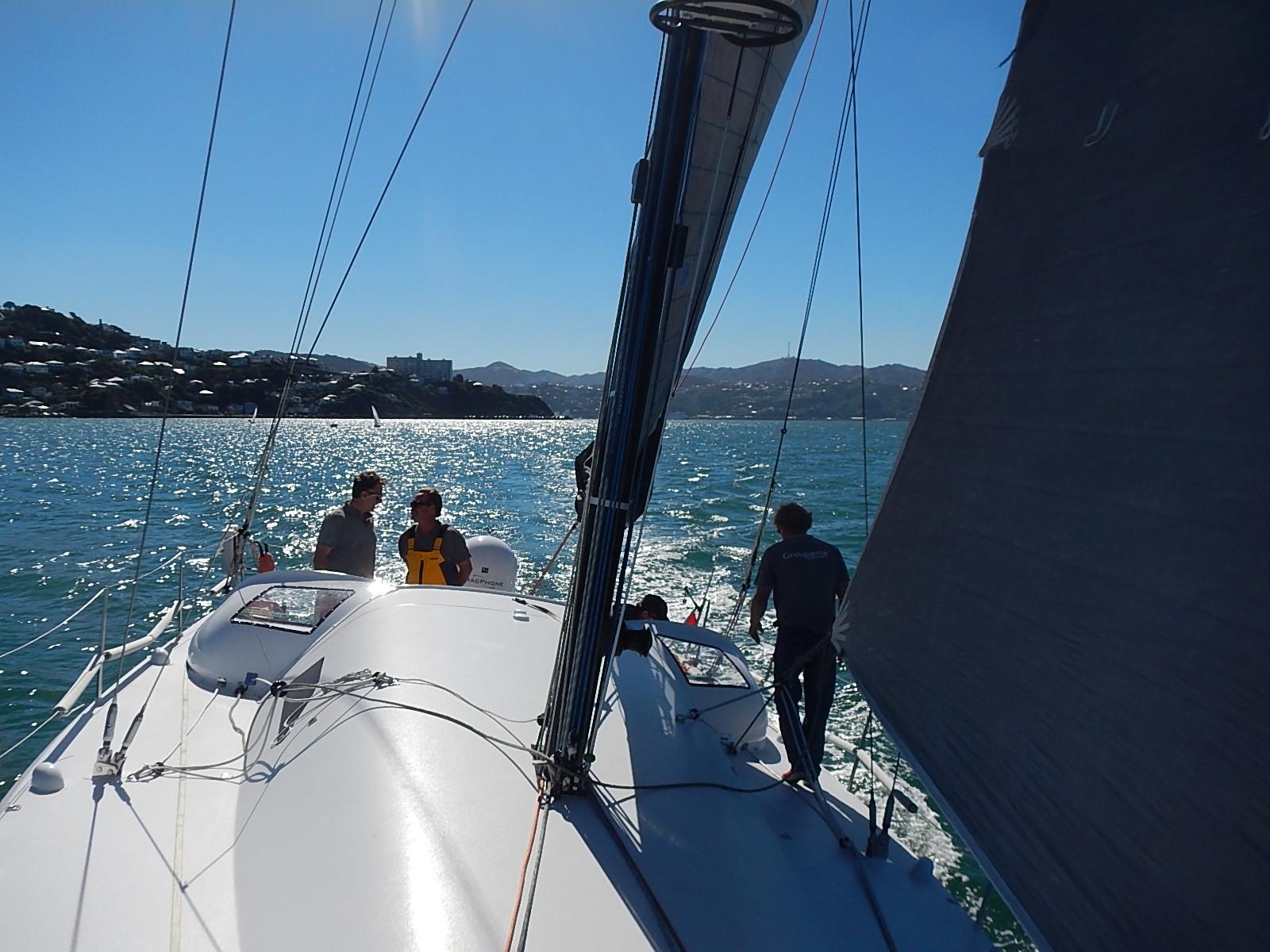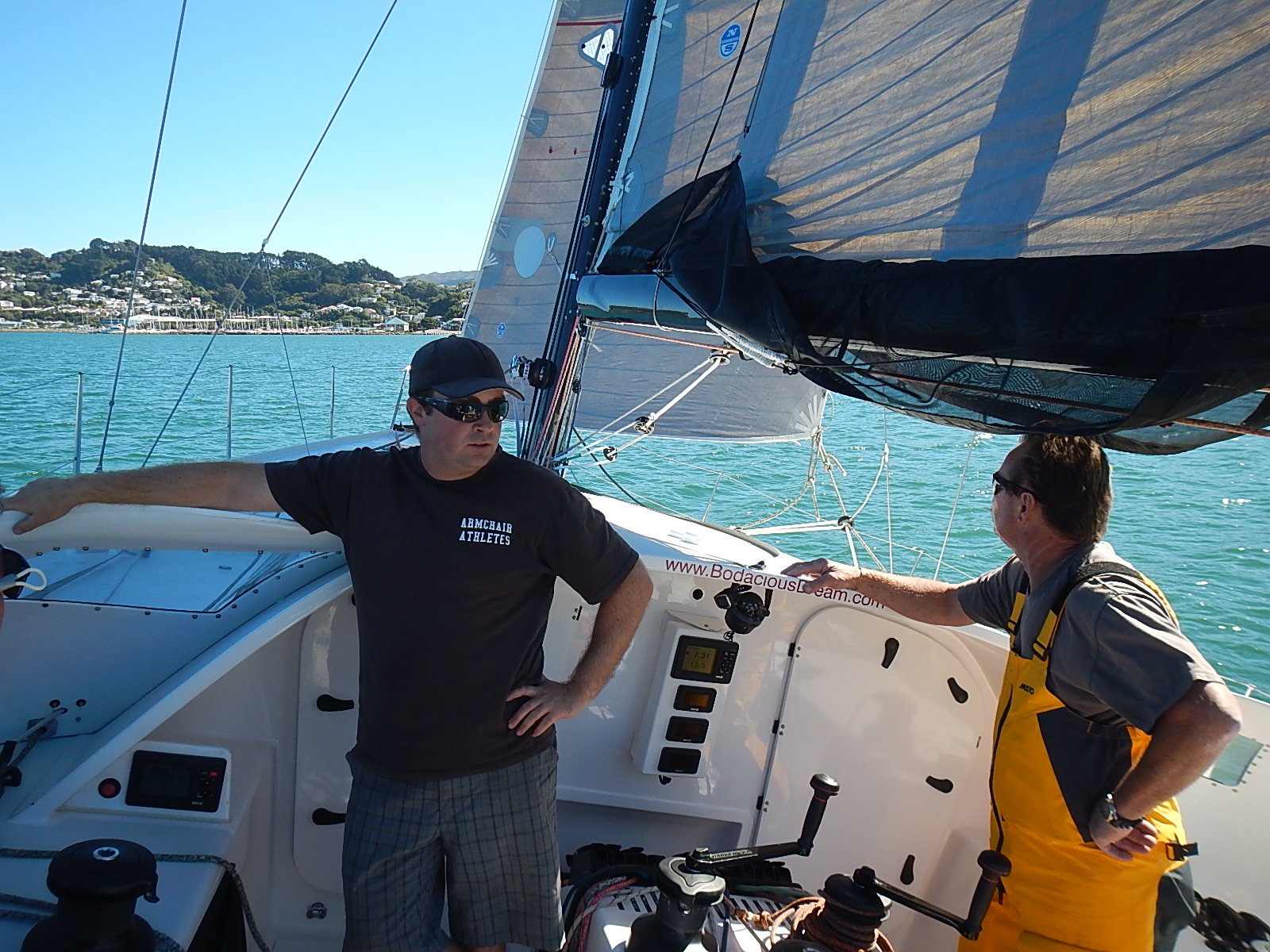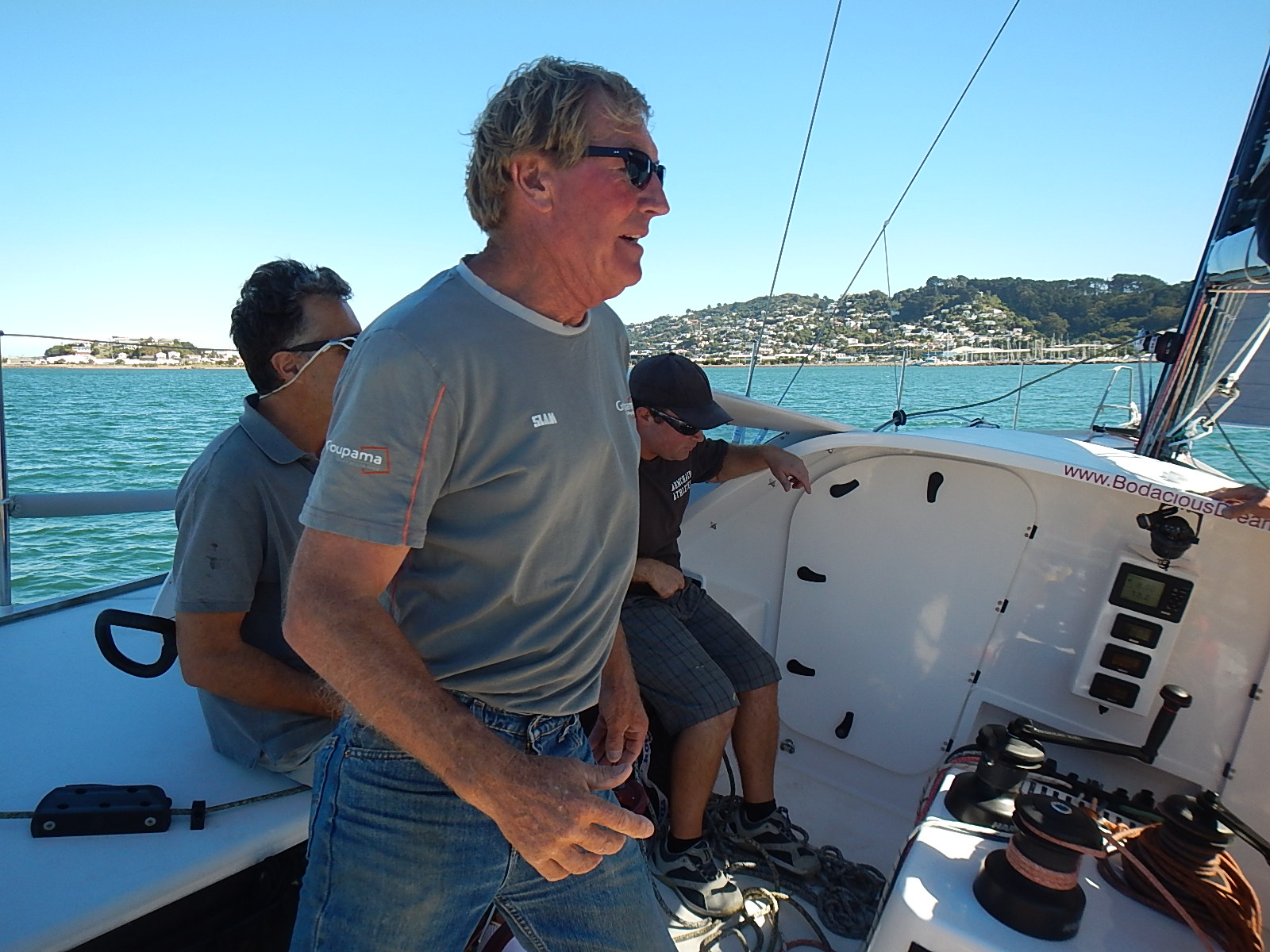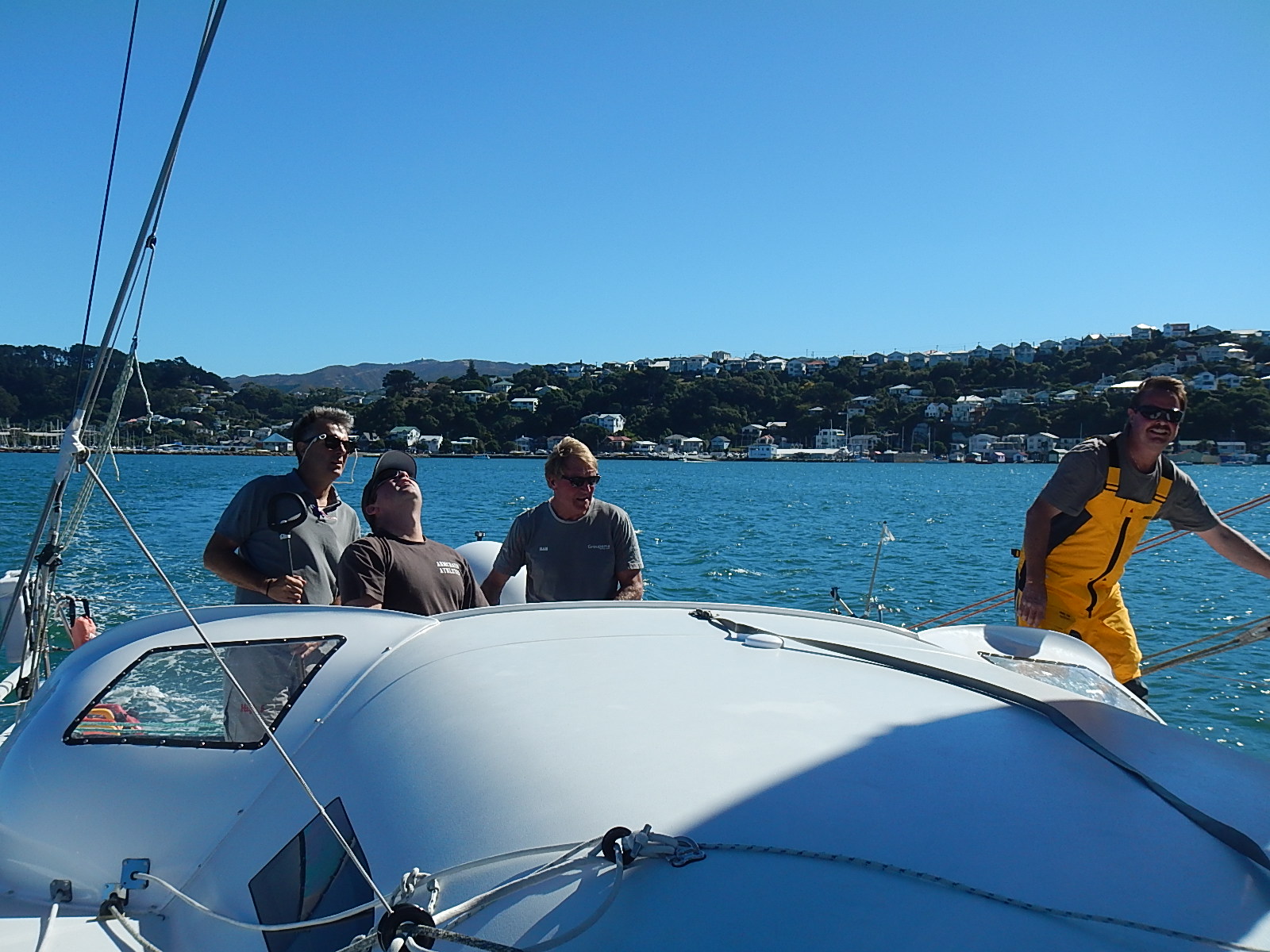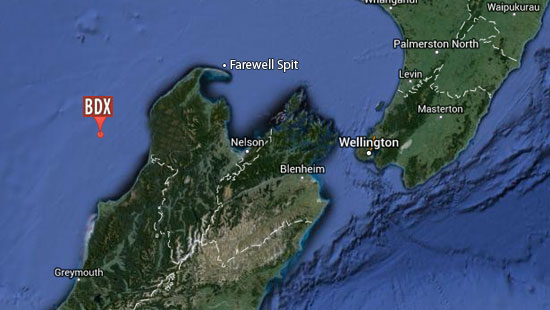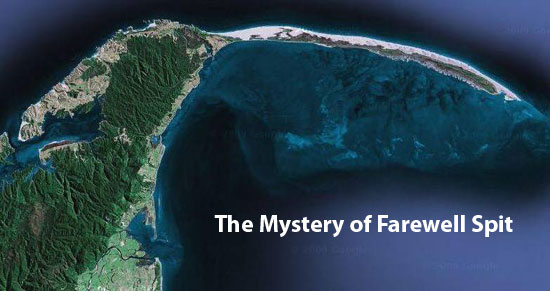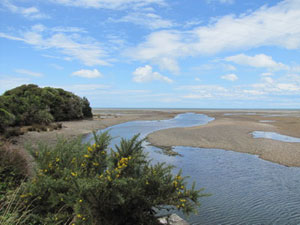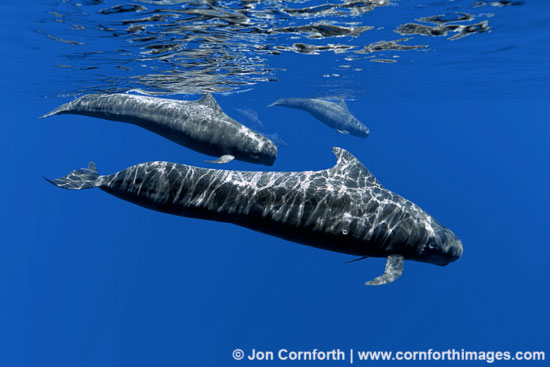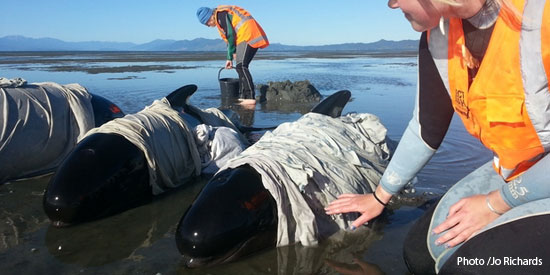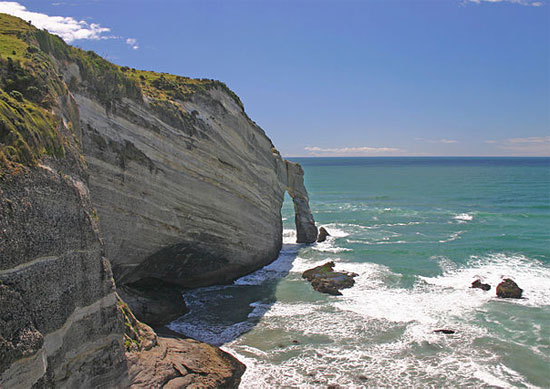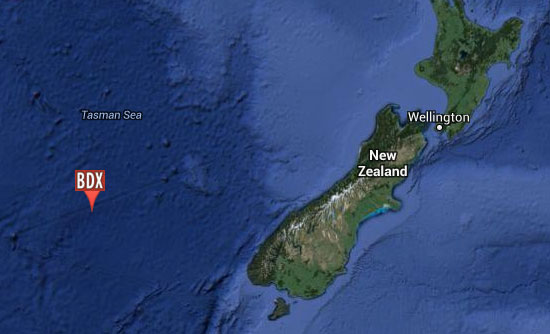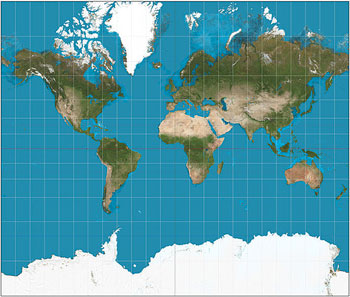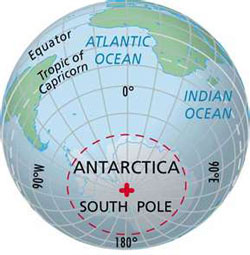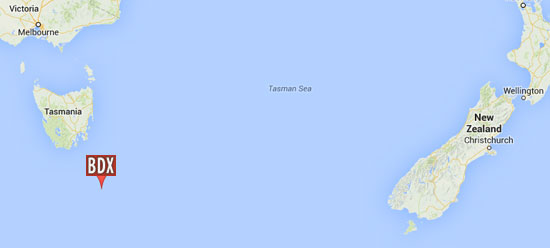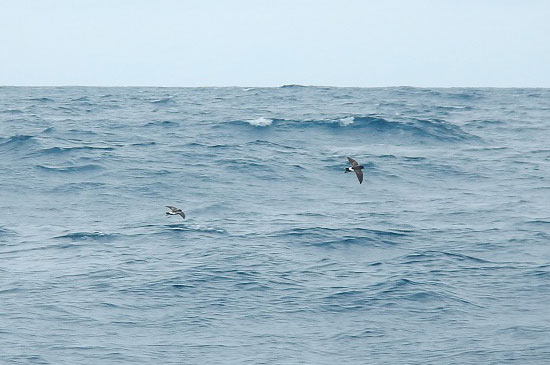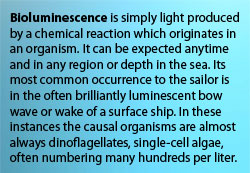Time sure does fly. I arrived here in in the Galapagos Islands and moored Bodacious Dream in Santa Cruz Harbor on Thursday morning. It took a bit of time to get settled before I could grab a much-needed shower and a great local breakfast complete with passion fruit juice and delicious fried plantains. The rest of Thursday and Friday were taken up with governmental errands, working around their annual May Day Holiday, catching up with emails and tracking down the best Wi-Fi hot spots!
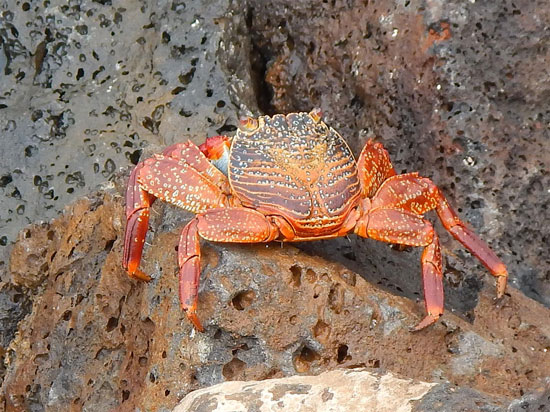 Red Rock Crab – Lives along the shore … used mostly for bait …
Red Rock Crab – Lives along the shore … used mostly for bait …
Each day I must take a trip out to Bodacious Dream‘s mooring. To do this, I need to take a water taxi; these boats run by locals hold about 12 people. There are probably a dozen working at any one time, wandering around the harbor moving people and supplies to and from boats, as well as to one of the farther corners of the harbor where people can land on a beach and hike inland. There are no roads to these beaches, so your only option is the water taxi.

A fancier Santa Cruz Water Taxi
I have to visit Bodacious Dream each day to check the lines and gear and to make sure that nothing is rubbing or wearing out that could cause big problems if undetected! This slow rubbing action is called “chafing,” and it’s one of those nagging and ongoing problems sailors face. A line rubbing back and forth across a hard surface doesn’t take long to wear through!
In the few days I’ve been here, I’ve had the pleasure of meeting a number of other sailors from around the world. Most are headed where I’ve come from – deeper into the South Pacific or to New Zealand or Australia – so we’ve have had fun exchanging stories and information. As you might imagine, they come from all walks of life. Some are life-long sailors, some are new and have dropped out and are cruising around the world. Some are doing research on various projects, but each one had an interesting tale to tell, which has made evenings hanging out the local sidewalk cafés very lively and rich with conversation!
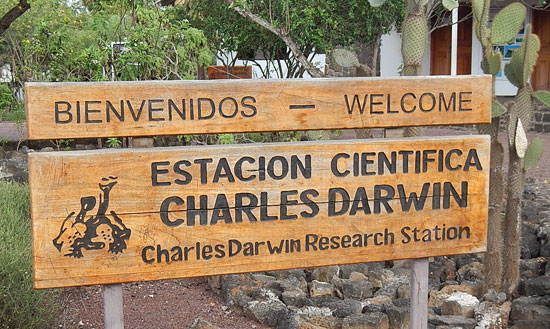 Entrance to the Estacion Charles Darwin
Entrance to the Estacion Charles Darwin
Saturday afternoon, I took a walk up the road about a kilometer to the headquarters of the Park Nationale and the Charles Darwin Research Station. This is where they do much of the research on the giant tortoises and land iguanas, and where they have been able to hatch, incubate and raise tortoises in captivity and so help to keep the range of the various species strong on the islands.
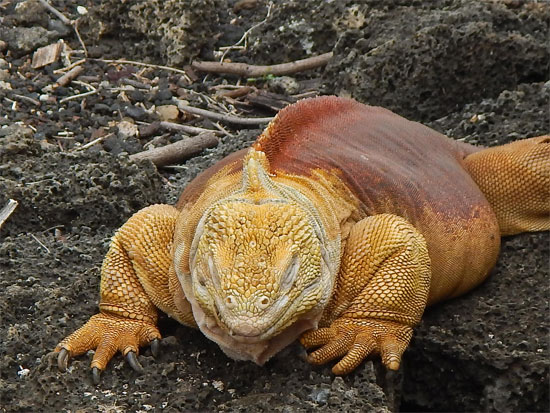
A Land Iguana… 3-5 feet long – weighs up to 25 Pounds – can live 50-60 years!
Being more than a bit nosy, I tagged along with a tour group, eavesdropping in on the guide’s talk to pick up a few facts.
 Galápago is the Spanish name for Turtle … some of these near 500 pounds
Galápago is the Spanish name for Turtle … some of these near 500 pounds
Years ago, the tortoises were hunted by sailors who killed them for the meat and took them with them on the boats, keeping them alive until they were needed later for food. As a result, the tortoise population was nearly wiped out; hence, the need for a protected preserve and research area. One of the most famous turtles from around here was named Lonesome George. He was over 100 years old and the only surviving giant “pinta” tortoise. He died in 2012 and sadly, with him went extinct that entire species of tortoise.
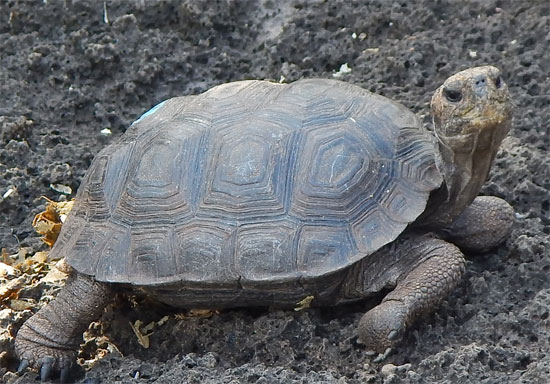 The number of tortoises on the islands today is around 15,000.
The number of tortoises on the islands today is around 15,000.
Most of the tortoises look the same until someone explains how they have each adapted to their various habitats. The most obvious differences in the tortoises I see are in the size and patterns of their shells and the lengths of their necks. Their necks range from short to medium and to long. They think this is because of the height of vegetation in the various islands and habitats from which they come. Low vegetation favors short necks; higher vegetation requires longer necks. Much of this is what Darwin discovered and documented during 1835 when aboard the HMS Beagle; he landed here for five weeks and studied various species of birds (finches in particular) and other wildlife.
There is so much to see here. Unfortunately, time is passing quickly so I won’t get the chance to do too much exploring on this trip. I am taking a tour on Tuesday to the island of North Seymour where I should get a chance to see all sorts of interesting and infamous species of birds and wild life. I’m especially looking forward to encountering the Blue-footed Boobie … that, believe it or not, actually does have blue feet! I’ve seen pictures before; now I can’t wait to see them in real life!
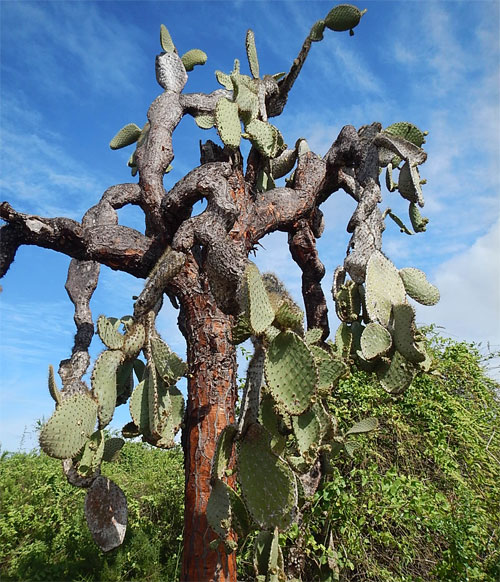
Giant Prickly Pear Cactus – Iguanas love their fruit
For now, I’ve got more chores to do with the boat today. As you can imagine, using the water taxi to get fuel and provisions to the boat takes up a lot of time. Then I hope this afternoon to get the chance to explore one of the other beaches that is close to the downtown area of Santa Cruz. I know I’ll enjoy the hike, since my legs don’t get all that much exercise when I’m on the boat.
By later afternoon on Wednesday, I hope to be back at sea, headed to the Panama Canal. So, we’ll update you before I leave and along the way.
Thanks for following along!
– Dave (on land with no Bodacious Dream and no Franklin with some people!)


